|
This month’s Wine & Dine features palate-pleasing treats from Sicily! Valle Dell’Acate is a family-owned company in the heart of southeastern Sicily’s historic Vittoria Classico region, in the Biddini Soprana e Sottana district near Acate. The estate is a picturesque setting surrounded by 200 acres of vineyards, certified as biological with a focus on sustainability. Founded by Giuseppe Jacono at the end of the 19th century, the Jacono family has been active in vine growing and winemaking since Vittoria became Sicily’s epicenter for exporting wine to France during the 1800s. Today the company is run by the dynamic Gaetana Jacono, part of the family’s sixth generation of winemakers. Vittoria is home to Cerasuolo di Vittoria DOCG and Cerasuolo di Vittoria Classico DOCG, the first and only wines with DOCG status in Sicily, established in 2005. Cerasuolo di Vittoria DOCG is the pride of the grape growers, winemakers, and bottlers that accomplished the prestigious Protected and Guaranteed Denomination of Origin for the Cerasuolo di Vittoria and Cerasuolo di Vittoria Classico wines. Cerasuolo means ‘cherry-colored’ in Italian, and the wine is known for its cherry red to violet color with floral and fruity aromas. Only the indigenous grapes of Nero d’Avola and Frappato are allowed in the blend. It is a wine that pairs well with a variety of cuisine. Gaetana said, “The Cerasuolo, for its blend of Frappato and Nero d’Avola, is a wine that goes well with more elaborate fish dishes and walks next to the food without overpowering it.” Valle Dell’Acate Cerasuolo di Vittoria DOCG Classico The blend for this wine is 60% Nero d’Avola and 40% Frappato. It is aged 12 months in barrels and tonneaux and then bottle-aged for a minimum of nine months. Nose: Floral, red and dark fruit, berries, spice, and herbs. Palate: Aromas segue onto the palate with notes of minerality, nice acidity, and smooth tannins. Cherry, strawberry, and vanilla linger on the finish. Alcohol: 13.5% SRP: $28,99 Pairing suggestions: Aged cheese, risotto, game, grilled fish, or spicy cuisine. Gaetana created a special tuna entree to pair with this wine. In Gaetana’s words, “Tuna is the Sicilian fish par excellence that we find in the tradition of our cuisine in an infinite variety of recipes. The fresh tuna in Cerasuolo di Vittoria wine sauce with sweet and sour is my special recipe created for Valle dell’Acate. Our winery produces the best native wines of the area. This recipe is a meeting of flavors that unfold in a sweet and sour union of different textures and flavors. The crunchiness and sweetness of the almond combine with the caramelized consistency of onion, accompanying the sea flavor of the freshly seared tuna. Finally, the reduction of Cerasuolo di Vittoria binds all the ingredients like a velvety and spicy drape with hints of fruit. This dish represents the triumph of Sicilian flavors in a light and healthy version.” FRESH TUNA IN CERASUOLO WINE SAUCE WITH SWEET AND SOUR Ingredients (serves four) 2.2 pounds of filet of fresh tuna 1.5 fluid ounces of white vinegar oregano kosher salt 2 white onions a glass of water extra-virgin olive oil For the Syrup 1 pint of Cerasuolo di Vittoria red wine 9 ounces of sugar 1 star anise 1 tablespoon of black pepper 3 cloves 1/2 a cinnamon stick 1 handful of almonds Put the wine over a high flame in a pot with the star anise, black pepper, cloves, and cinnamon stick. Once the wine begins to boil, lower the flame until it reaches a temperature of 220° Fahrenheit (using a thermometer – it will take approximately 30 minutes). Turn the flame off. Slice the onion thinly and sauté in a covered frying pan at high heat with a bit of olive oil. Add two tablespoons of sugar and bathe with the vinegar when the onion turns a bit golden in color, then lower the flame. Salt the water and cover the onions with it. When the onion has begun to shrivel, take the cover off the frying pan and cook until the water has virtually evaporated. Sprinkle the tuna with the oregano and sear in a frying pan with a little olive oil, one minute per side. Season with a bit of salt. Pour the syrup onto a platter, place the tuna on top, and finish the dish with the onion and almonds, which have been toasted in their skins and chopped, not too finely. Enjoy!
Until next time… Saluti e buon appetito! Penina To leave a comment or if you have an inquiry, please contact me at [email protected] Beginning with October and every month to follow, I will feature one wine and a pairing suggestion and recipe from the wine producer or winemaker. To get the ball rolling, I have two winners this month, both from Italy. San Felice Il Grigio Chianti Classico Gran Selezione DOCG 2017 San Felice estate is located in the heart of Chianti Classico in the commune of Castelnuovo Beradenga. With over 140 hectares of vineyards, 80% is devoted to Sangiovese, which is at the heart of their production. Their presence extends to the prestigious terroirs of Montalcino and Bolgheri as well. This wine is made with 80% Sangiovese, sourced from the estate’s top vineyards. The other 20% is a blend of native Tuscan varieties such as Abrusco, Pugnitello, Malvasia Nera, Ciliegiolo, and Mazzese. The wine is aged 24 months, 50% in large 60-100-hectoliter Slavonian oak casks and 50% in 225- and 500-liter French oak barriques. It is then aged in bottle for eight months. Nose: Floral, juicy fruit, sour cherries, smoky wood, herbs, and spice. Palate: A beautiful and expressive wine with notes of plum, dark berries, and spice fused with elegance and subtlety and balanced with lush tannins and acidity. Hints of vanilla and sour cherry linger on a long finish. Alcohol: 13.5% SRP: $38.99 Pairing Suggestions: Wild game, grilled meat, aged cheese, pasta, truffle risotto, or sip with a chocolate dessert. Winemaker Leonardo Bellaccini suggests the following recipe to pair with the wine, prepared by Borgo San Felice Executive Chef Juan Quintero. MACARONI, BEURRE NOISETTE, MUSSELS, LAMB AND ANISE Time: 20 minutes Ingredients for four servings: Sauce 100g (3.5 oz) unsalted butter (for the beurre noisette or brown butter) 120g (4.2 oz) cleaned mussels (without the shell) 100ml (3.38 fl oz) of white wine 4 garlic cloves 2 tablespoons of anise seeds 100 ml (3.38 fl oz) of mussel water Garnish 160g (5.6 oz) Fatless lamb meat (loin) 2 Nori seaweed sheets 50ml (1.6 fl oz) olive oil Black pepper 300g (10.5 oz) High Quality “maccheroncini” (pasta) Preparation Open the mussels in a pan with white wine, garlic, and parsley. Cover, and after a couple of minutes, they will be open. Turn off the heat and remove the shell of the mussels and strain its water, preserving it. Separately melt the butter and let it cook until it turns brown; add the mussel water so the butter doesn’t get burned. Add the anise and the mussels, and turn off the heat. Blend until smooth. There is no need to add salt because the mussel water is salty enough. Cook the pasta in plenty of salted water, drain and then add to the cream of butter. For serving, chop the lamb meat like a classic tartare, then season with salt, oil, and pepper, and cover with nori seaweed. On the base of the plate, arrange the lamb with seaweed, and finally, serve the pasta on top. Donnafugata Floramundi Cerasuolo di Vittoria DOCG 2020 Donnafugata has five estates throughout Sicily, with one in Vittoria located in southeastern Sicily. It is in this special region where Cerasuolo di Vittoria DOCG is produced. It is considered one of the most noteworthy wines produced in Sicily and the only wine in Sicily with a DOCG status! The indigenous grapes Nero d’Avola and Frappato are the only varieties allowed in the blend. Nose: Intense floral aromas envelop the senses with notes of violet, cherry, red berries, and spice that segue onto the palate. Palate: This is a fresh and juicy wine with personality. Hints of rose, strawberry, and spice linger on the finish. Soft tannins and a crisp finish add to the entertainment. Alcohol: 13% SRP: $30 Pairing Suggestions: Mature cheese, risotto, seared tuna, and calamari. Donnafugata suggests pairing the following recipe with Floramundi. Swordfish with Citrus Fruit and Pistachios
Time: 20 minutes Difficulty: Intermediate Ingredients for four servings: 4 swordfish steaks, about 200 g (7 oz) each 1 bunch of wild fennel 2 cloves of garlic 1 chili pepper a handful of sultana raisins, another of pistachios orange juice and rind juice of one lemon 1 glass of white wine 0-type flour, butter Instructions Flour the swordfish steaks. In a slightly buttered pan, sauté the garlic and chili pepper. As soon as the garlic browns, remove it. Add the floured fish and sauté. Then add the white wine, sultana raisins, wild fennel, and minced orange peel. As soon as the wine evaporates, add the orange and lemon juice and a pinch of crushed pistachios. Cover and continue cooking; if necessary, add citrus juice. Serve with the reduced sauce and a handful of pistachios covering the fish, garnishing the platter with two orange slices. Enjoy! Cheers! Penina To leave a comment or if you have an inquiry, please contact me at [email protected] On a recent trip to Sicily, I had the opportunity to explore the wine regions in the Southeastern part of the island, including a special visit to Vittoria. I had not yet been to this area of Sicily and was bursting with curiosity. So, thanks to the gracious invitation of Assovini Sicilia, I happily returned to this magical island. And, as always, my love affair with Sicily continues to grow with each visit! Assovini Sicilia, founded in 1998, is an association of Sicilian winemakers. Their common objective is to promote the quality of Sicilian wine worldwide, giving voice to wine producers, promoting the region, maintaining high-quality viticulture, product quality, ethics, sustainability, and making a more pronounced impression in the marketplace. Currently, 90 wineries throughout Sicily form the association. I could write a book about this trip, with in-depth histories and anecdotes about each of the eight wineries visited as we made our way south to Siracusa, Noto, and Vittoria. However, today my article focuses on Vittoria, explaining why this is such a special part of Sicily and introducing a few of its wineries. Vittoria is a town and commune located in the province of Ragusa in southeastern Sicily. It is an idyllic region with ample sun exposure and beautiful marine breezes emanating from the Mediterranean sea to the south. It is surrounded by the stunning mountains of Erei to the north, the Iblei mountains to the east, and the hills of Caltanissetta province to the west. It is truly mother nature showing off! One can find a variety of breathtaking landscapes, historical and archeological sites, and several UNESCO World Heritage sites. Documentation shows that around the third century BC, an official deed showed the sale of a wine vineyard of one hectare proving evidence of viticulture in the Ragusa region. According to Consortia di Tutela Vino Cerasuolo di Vittoria DOCG, created in 2001, “Vittoria Colonna Henriquez, the woman that founded the city of Vittoria in 1607, promoted wine production granting privileges to wine growers. To celebrate the foundation, in 1607 she gifted 75 settlers a hectare of land if they would cultivate grapes, so favoring the quick enlargement of the vineyard in different sections of the region until the wine production, enhanced by the natural fertility of the soil, became a relevant fact in the whole area.” Documentation also shows that the province of Victoria prospered from the wine trade that began in the 12th century with the exportation of wine on sailing ships from Scoglitti, Vittoria’s trading port, to various parts of Europe. With a variety of fertile soils and microclimate conditions, the stage is set for the vines to prosper. Soils are mostly clay and limestone, with more sandy-loamy soil in the lower-lying vineyards closer to the coast. The vineyards enjoy a Mediterranean climate with cooling sea breezes during the summer and a large diurnal temperature range that helps to promote greater acidity and aromas in the grapes. Vittoria is not only an oasis for viticulture but also for farming produce such as tomatoes, oranges, onions, artichokes, and peppers. Stately olive, almond, and Carrubbo trees can be seen everywhere. Cerasuolo di Vittoria DOCG In addition to the territory’s sweeping history, unique viticulture, and wine production, Vittoria is also home to Cerasuolo di Vittoria DOCG and Cerasuolo di Vittoria Classico DOCG, the first and only wines with DOCG status in Sicily, established in 2005. Cerasuolo di Vittoria DOCG is the pride of the grape growers, winemakers, and bottlers that accomplished the prestigious Protected and Guaranteed Denomination of Origin for the Cerasuolo di Vittoria and Cerasuolo di Vittoria Classico wines. Cerasuolo di Vittoria DOCG is considered one of the most notable wines produced in Sicily. Cerasuolo means ‘cherry-colored’ in Italian, and the wine is known for its cherry red to violet color with floral and fruity aromas. Only the indigenous grapes of Nero d’Avola and Frappato are allowed in the blend. Frappato is one of the most ancient Sicilian grape varieties that is believed to have had its origins in the Ragusa province around 300 years ago. Frappato is light-bodied with low tannins and flavors of cherries and strawberries. Nero d’Avola is considered the “king” of Sicilian red grape varieties that has weight and is full-bodied along with a rich texture and dark red fruit flavors. Together, they complement and bring out the best in each other. The Cerasuolo di Vittoria DOCG tends to be lighter and fresher, and the Classico DOCG is more structured and has more richness. These wines run the gamut from elegant and fresh to alluring minerality and heady perfume while consistently exhibiting focused fruit and varying degrees of richness. Production Areas and Regulations Cerasuolo di Vittoria DOCG production is allowed in nine designated municipalities spread out among three provinces. The blend must be 50-70% Nero d”Avola, and 30-50% Frappato Minimum aging is eight months following harvest. Cerasuolo di Vittoria Classico DOCG production is only allowed in three municipalities, all of which are in Ragusa province and only in the historic Classico production area. Minimum aging is 18 months following harvest. Below is a brief introduction to four wineries and a few tasting notes of Frappato DOC and Cerasuolo Vittoria DOCG from a selection of many expressive wines sampled at each winery. Terre di Giurfo Achille Alessi is owner of Terre di Giurfo and also president of Consortia di Tutela Vino Cerasuolo di Vittoria DOCG. Terre di Giurfo has been in the family since 1872. They have 90 hectares of beautiful ancient land along the Drillo River valley bordering the town of Licodia Eubea and the Iblean Province. Giurfo practices organic farming, which they began ten years ago. Achille said, “70% of Cerasuolo producers are organic. Terre di Giurfo has always used experience and technology to create high-quality agricultural products, especially wine and oil, but always remaining closely linked to the territory’s characteristics.” The vineyards and olive groves are tended with careful cultivation and observation to ensure genuine and quality wine and oil, which are rich in fragrances and flavors typical of the area. In 2003 the cellar was equipped with innovative winemaking and bottling systems. Achille said they only produce wine from grapes they grow. Belsito Vittoria DOC Frappato 2019 This 100% Frappato is aged in stainless steel and is lush with cherry, red berries, and floral aromas. The palate offers juicy notes of cherry, strawberry, raspberry, balanced acidity, and a hint of spice on the finish. Maskarìa Cerasuolo di Vittoria DOCG 2017 The blend for this wine is 60% Nero d’Avola and 40% Frappato. It is aged in stainless steel tanks with time in the bottle as required by regulations. Beautiful aromas of blackberry, raspberry, and a hint of herbs and spices give way to soft tannins, gentle acidity, freshness, and dark cherry, with red and dark berries lingering on the finish. Valle dell’Acate Valle Dell’Acate is located in the heart of the historic Vittoria Classico region in the Biddini Soprana e Sottana district near Acate. Founded by Giuseppe Jacono at the end of the 19th century, the Jacono family has been active in vine growing and winemaking ever since Vittoria became Sicily’s epicenter for exporting wine to France during the 1800s. Today the company is run by the dynamic Gaetana Jacono, part of the family’s sixth generation of winemakers. The old winery restored to conserve and honor Sicilian culture and traditions, and the new winery are surrounded by 70 hectares of vineyards (certified as biological) with breathtaking views. One can feel the deep history and roots here. There are seven different soils on the estate. And as Gaetana explained, “Each soil differs in color and consistency, contributing varied characteristics to the wines. So, each soil is carefully selected to help characterize the individual grapevine. For example, for the 100% Frappato, the vines are grown in black soil, with white pebbles in the middle, contributing decent acidity and complex perfumes to the wine. I think it’s magic soil! The Frappato used in the Cerasuolo DOCG comes from vineyards with clear red soil. “We need a different Frappato with more structure for the Cerasuolo. Below is a slideshow of the different types of soil.Il Frappato Vittoria Frappato DOC 2021 This 100% Frappato is aged for six months in steel vats and then aged for a minimum of three months in bottle. Fragrant aromas of red fruit, raspberries, floral, and herbs segue onto the palate with mild tannins and freshness. Cerasuolo di Vittoria DOCG Classico 2019 The grapevines planted in dark red soil produce Nero d’Avola, while the vines planted in clear red soil produce Frappato. The blend is 60% Nero d’Avola and 40% Frappato. The wine is aged 12 months in barrels and tonneaux and then bottle-aged for a minimum of nine months. It has aromas of red and dark fruit, berries, spice, floral, and herbs. The palate offers smooth tannins with notes of minerality, nice acidity, cherry, vanilla, and strawberry lingering on the finish. Iri da Iri Cerasuolo di Vittoria DOCG Classico Cru 2013 One of Gaetana’s dreams is to produce a long-aging Cerasuolo. So, with Carlo Casavecchia, the winemaker, she is making this dream come true. “Finally, after five years of aging in the cellars, we have presented the first vintage of Iri da Iri, the Cerasuolo di Vittoria Cru DOCG, the expression of one sole vineyard, a wine from the Biddine Soprano high plateau. A bottle which confirms our convictions, mine and from the hands of Casavecchia, an offering which demonstrates that Cerasuolo can give a wine of lengthy aging.” The blend for this wine is 60% Nero d’Avola and 40% Frappato aged together in large oak casks for 36 months and then a minimum of 18 months in bottle. It is a complex wine with powerful aromas, including cherries, red fruit, and baking spice. The palate is rich with a velvety mouthfeel, ripe fruit, spice, vanilla, and dark chocolate lingering on a long finish. Feudo Santa Tresa and Azienda Agricola Cortese "Two wineries, but the same heart." Siblings Stefano and Marina Girelli, entrepreneurs from Trentino, own both wineries and vineyards that are within walking distance (8 kilometers) from each other. Feudo Santa Tresa was purchased in 2001, a 50-hectare estate, followed by the purchase of Cortese in 2016, a 14-hectare estate. Although the estates are next door to each other, they each have their distinct microclimate and soils. Both estates use organic and biodiversity management. “In Vittoria, organic isn’t a choice, but a way of life. Our work is not limited simply to following the rules laid down for organic cultivation; it has become our philosophy, our raison d’être, and our way of life.” Cortese Sabuci Cerasuolo di Vittoria Classico DOCG 2017 Sabuci is the hamlet’s name in the Classico historical area where Cortese has been situated since 1930. The blend for this wine is about 70% Nero d’Avola and 30% Frappato. The Nero d’Avola is fermented in open-top barriques, and the Frappato is fermented in terracotta amphorae and remains in contact with the skins for up to 12 months. After blending, the wine is aged for six months, then another three months in bottle. Aromas of cherry, dark berries, baking spice, and cocoa segue onto the palate with hints of toffee. It is well-structured and elegant. Santa Tresa Cerasuolo di Vittoria DOCG 2020 The blend for this wine is 60% Nero d’Avola and 40% Frappato. 15% of the Nero d’Avola is lightly dried on the vine using the Appassimento method. After blending, the wine is aged in oak for about 12 months. Aromas of dark cherries, violets, and raspberry lead to a palate of freshness, juicy fruity, ripe tannins, and a touch of pepper. Donnafugata Donnafugata is a fifth-generation, family-owned company led by siblings Josè and Antonio Rallo. In addition to four other estates located throughout Sicily, Donnafugata has an estate in Vittoria, in the countryside of Acate. There are 36 hectares of vineyards in production, divided into three districts. Nero d’Avola and Frappato are grown in Acate, and the wines produced here fall under the denomination of Cerasuolo di Vittoria DOCG and Frappato DOC. Their first harvest was in 2016. Tommaso Bellisola, hospitality manager for the Vittoria winery, said, “The grapes are planted in three different soils; sand, stones, and clay, which produces different shades of grapes.” He went on to say, “The valley was once covered by the sea, so one can find oyster shells and limestone in the sandy soil. Sea breezes occur every day. During the morning, the sun hits the ground and warms the soil, the heat then rises, and the sea breeze penetrates the valley, gains speed, refreshes the grapes, and blows away indigenous disease. The direction of the vineyards is east to west, so that the vineyards can benefit from the sea and mountain breezes.” Bell’Assai Vittoria DOC Frappato 2021 This 100% Frappato is aged four months in tanks and over four months in bottle. Fragrant aromas of rose petals with notes of fresh strawberry and raspberry spill onto the palate with soft tannins. Contesa dei Venti Vittoria DOC Nero D’Avola 2020 This 100% Nera d’Avola is aged eight months in tanks and a minimum of seven months in bottle. It is ruby red with cherry, red berries, and floral aromas. The palate has fresh, fruity notes, with strawberries, sweet spice, and soft tannins. Antonio Rallo said, "Contesa dei Venti is a Nero d'Avola trademark, a product of the territory and of our original interpretation. A pure, fresh, harmonious red wine and one with a persuasive tannin, which is the result of the many harvest tastings I have had together with the whole team. We had a lot of fun giving life to this wine, and we are convinced that those looking for pleasant and representative red wines of the territory of origin can find very valid answers within the area of Vittoria". Floramundi Cerasuolo di Vittoria DOCG 2020 This wine is aged eight months in tanks and a minimum of seven months in bottle. Beautiful aromas of violets, red fruit, and spice segue onto the palate with cherry, plum, berries, and spice. For a closer look at Donnafugata, please read https://santemagazine.com/the-magic-of-donnafugata/ or click on the menu at right for more articles. Food Pairings Because of their well-balanced acidity, the above wines are incredibly food-friendly and pair well with almost everything from fish-based cuisine to meats, game, and spicy dishes. Gaetana Jocono said, “ These wines are very ancient but also very modern and good for the food of today!” And, of course, enjoying these wines with the local cuisine was bliss! Chilling these wines for about 15 minutes before serving adds another “refreshing” quality, especially on a warm day! The wines are available for purchase most everywhere. So, treat your palate and discover for yourself why Vittoria is so special!
Grazie to all for your warm reception, hospitality, wine, and food! Until next time… Cheers! Penina Most of the content in this article was originally published on Santé Magazine. To leave a comment or if you have an inquiry, please contact me at [email protected] When I think of calendar events in February, Ground Hog’s Day and Valentines’s Day are at the top of my list. Unfortunately, Punxsutawney Phil, the famous groundhog, made his prediction this year with six more weeks of winter to contend with. So, with that in mind, let’s move on to Valentine’s Day and comfort our hearts and souls with wine, a cocktail, and tea that are sure to please the palate and chase away the winter blues. Loveblock Wines Pinot Noir 2020 The founders of Loveblock Wines are veteran winemaker Kim Crawford and his wife Erica, who have been working in wine most of their lives. The grapes for this lovely 100% Pinot Noir are sourced from New Zealand’s Central Otago region on a 20-acre vineyard affectionately named “Someone’s Darling.” Erica said, “Loveblock is a true love story. It is one of depth and dedication.” Nose: Red fruit, cherry, earth, and spice. Palate: Juicy, rich fruit, cherry, dark plum, red berry notes, with a dash of herbs and spice. Beautifully balanced and smooth with bright acidity. Alcohol: 13.5% SRP: $37 Pairings: Cheese, white meat, lamb, risotto, or salmon. Gorghi Tondi Dumè Frappato Sicillia DOC 2020 Tenuta Gorghi Tondi is located in south-western Sicily, surrounded by vineyards and the sea. Sisters Annamaria and Clara Sala continue the 100-year-old family tradition of making wine here that their great grandmother Dora started with her captivation of the land, sun, and light. The grapes for this 100% Frappato are sourced from one of the estate’s youngest (6 years old) vineyards. The wine is aged in stainless tanks, on the lees for five months and two more months in the bottle. Nose: Lively red fruit aromas with berries, herbs, a floral touch, and a hint of the sea. Palate: Engaging flavors of fresh red fruit, strawberry, pomegranate, rosemary, with a dab of orange peel and spice lingering on the finish. It may be served slightly chilled. Alcohol: 12.5% SRP: $19 Pairings: Serve with pasta dishes, fish, white meat, hamburgers, or pizza. Bubbles! Valdo Marca Oro Prosecco DOC Rosé Brut 2020 Valdo was founded in 1926 and has been owned by the Balla Family since 1938. The grapes for this sparkling wine are sourced from the Prosecco DOC appellation in Veneto, Italy. It is 90% Glera and 10% Pinot Noir and produced using the Charmat Method. Nose: Lovely floral notes with pear, apple, and red berries. Palate: Persistent bubbles with aromas that segue onto the palate. Bright acidity and a creamy mouthfeel add to a long and refreshing finish. Alcohol: 11% SRP: $14.99 Pairings: Enjoy as an aperitif, or serve with fish, pasta, salads, grilled chicken, or dessert. Bottega Liquid Metals Rosé Gold NV This sparkling wine is produced by Bottega SpA, headquartered in Castello Roganzuolo, about 30 miles from Venice, Italy. It is 100% Pinot Noir grapes hand-harvested from vineyards in the Lombardy region. It is produced using the Martinotti (Charmat, tank) method. Sandro Bottega, third-generation winemaker and co-owner, said, “Bottega’s motto is “Fatto A Mano,” which means ‘handmade.” Its mission is to work and achieve the highest levels of quality, design, and sustainability.” The gilded bottle protects the wine from light, preserving the wine's clean and refreshing aromas. Nose: Juicy peach, mixed red berries, and floral notes. Palate: Fresh and lively with an accent on raspberry, strawberry, and peach. Dry with a fine perlage. Alcohol: 11.5% SRP: $32.99 Pairings: Enjoy as an aperitif or with light fare. Champagne Boizel Rosé NV This Champagne is produced by the Boizel House, established in 1834 and located in Épernay, in the heart of Champagne. The grapes for this rosé is a blend of 50% Pinot Noir, 20% Chardonnay and 30% Pinot Meunier sourced from Grands and Premiers Cru vineyards “The still wines (vins clairs) from the year are blended with 20% of reserve wines kept from the previous two harvests, ensuring consistency. By using reserve wines within two vintages only, Boizel is able to preserve freshness in their wines, a signature trait of their winemaking style.” The wine is aged for three years on its lees, in the bottle. Nose: Delicate notes of cherry and strawberry. Palate: Creamy mouthfeel, persistent and fine bubbles with an accent on raspberry, citrus, and subtle notes of spice and minerality on a long finish. Alcohol: 12% SRP: $61.99 Pairings: Enjoy as an aperitif or serve with just about anything, including dessert! Champagne Vollereaux Rosé de Saignée Brut NV Champagne Vollereaux produces this 100% Pinot Noir rosé. They are a sixth-generation family winery located in Pierry, France. “Vollereaux is one of the very few champagne wineries to use the traditional saigne method of maceration for its Rosé Champagne, which involves bleeding off a portion of pink juice during red wine production (as opposed to blending red and white wine together). This process occurs after a short contact with the grape skins and seeds.” The juice spends three years on lees, more than twice the time required by appellation rules. Nose: Strawberry and juicy red berries, vanilla, and bread dough. Palate: Strawberry, kirsch, and citrus mingle with berries and cream. It is dry with fine bubbles, has vibrant acidity and a hint of brioche and minerality that linger on a long finish. Alcohol: 12% SRP: $54.99 Pairings: Delicious as an aperitif, or with light fare and dessert. Cocktail Time! Wild Hibiscus Daiquiri This cocktail is a delicious sweet and sour blend made with Australian wild hibiscus flowers in syrup. The 250g jar includes 11 edible flower buds. There are many recipes available online, or create your own! SRP: $13 (available on Amazon) Wild Hibiscus Daiquiri Recipe: 3 oz. white rum 1 oz. fresh lime juice 1 oz. wild hibiscus syrup Wild Hibiscus Flower garnish Pour ingredients (minus flower) into a cocktail shaker with ice. Shake vigorously for 10 seconds. Strain into glass and garnish with flower. Tea Time! And lastly, for those who enjoy tea, this is not to be missed. Adagio Teas ‘Cupid’s Cup Tea’
This delicious tea is a love potion that is tangy, sweet, and creamy. The ingredients are rose hips, hibiscus, apple, sprinkles, rose petals, strawberry, and natural flavor. Caffeine-free. This is a loose leaf tea that takes five to seven minutes to brew. SRP: $15 So, whether you are celebrating with someone or want to have a “just because” moment, the above potations will brighten your spirits and warm your heart. Although they will chase away the February blues, they are meant to be enjoyed all year long! Until next time… Cheers! Penina To leave a comment or if you have an inquiry, please contact me at [email protected] The holidays are almost upon us, and many will be celebrating either alone or with immediate family. But that’s no reason to curb the festivities. In fact, this year, more than ever, it is important to embrace our traditions and be thankful for family and friends that are still with us. In addition to sparkling wines, which I will be talking about in the next week or so, here are a few light still wine suggestions for your holiday table. These versatile and food-friendly wines will pair nicely with poultry, fish, vegetarian cuisine and latkes! Cavit Pinot Noir IGT 2018 The grapes for this 100% Pinot Noir come from the vineyards of Provincia di Pavia in the Lombardy region of Italy. After fermentation, the wine rests on its lees in large oak barrels until release. Aromas of floral, cherry and cranberry segue onto the palate with dark cherry notes, red berries and a hint of spice. This is a well-structured wine with silky tannins and a long finish. Serve as an aperitif or with your favorite meal! Alcohol: 12% SRP: $9.99 Nik Weis St. Urbans-Hof Wiltinger Kabinett Riesling 2018 Wiltinger is a village located in the Saar valley of Germany. The vineyard is on a site called Schlangengraben. It is noted for its reddish slate soil, a color that is derived from the iron content that adds minerality and spice to the wines. The vineyard was planted in 1905 and is one of the oldest in the entire Mosel region. These old vines have deep roots and produce small berries that create intense, lively, aromatic and complex wines. This wine has a VDP Ortswein classification, meaning that it comes from a village’s best vineyards. Intoxicating aromas of floral, stone fruit, spice and a touch of smokiness set the stage for this succulent wine. The palate offers peach, apricot, pear, spice and slate minerality blended with crisp acidity. It has depth and structure with a restrained residual sweetness. Serve as an aperitif or with fish, Asian cuisine and white meat. Alcohol: 9% SRP: $19.99 Mandrarossa Costadune Frappato Terre Siciliane IGT 2017 According to Wines of Sicily, “Frappato is believed to have its origins in the Ragusa province of Sicily around 300 years ago. It is characterized as a light and refreshing wine. Nose: full bouquet, cherry Palate: mild tannins violet, strawberries.” Grapes for this 100% Frappato wine were sourced from vineyards at 820 ft. above sea level in Menfi, southwest Sicily. The wine matures for eight months in steel vats. Lush red fruit aromas, floral and spice set the stage for this light-bodied wine. The palate offers a juicy array of cherries, strawberry, a hint of red plum, sweet spice and a touch of sour cherry that lingers on the finish. It is beautifully balanced between sweet and savory and ideal for a variety of food pairings. Try serving it slightly chilled. Alcohol: 13% SRP: $17.99 Pfaffl Grüner Veltliner Weinviertel DAC Zeisen, 2018 Austria’s most significant and indigenous white grape variety is Grüner Veltliner. This dry wine is known for its vibrant acidity and flavors of pepper and citrus. The grapes for this 100% Grüner Veltliner are harvested from 43-year-old vines located in the Weinviertel appellation of Austria. The wines are bottled after spending four months in stainless steel tanks. As per Austrian Wine, ““DAC” stands for “Districtus Austriae Controllatus” and is the legal abbreviation for special region-typical quality wines. Thus, if a label states the winegrowing region followed by the letter combination DAC, we are talking about a region-typical quality wine.” Citrus, herbs, spice and pepper delight the nose. This is a very crisp and juicy wine with flavors of key lime, pepper, spice, herbs, a touch of minerality and a zingy and peppery finish. It is a refreshing wine and will leave your palate craving for another sip. Serve as an aperitif or pair with poultry, smoked salmon and oysters. Alcohol: 13% SRP: $18.99 Saget La Perrière “La Perrière” Sancerre 2019 Sancerre is a small wine appellation in the Loire Valley wine region of France. It is famous for its production of white wines made from Sauvignon Blanc. As cited by Loire Valley Wines, “Centre-Loire region is at the center of France. It is the original home of Sauvignon Blanc and of Sancerre, the world’s most prestigious Sauvignon Blanc wine that sets international standards for the grape.” This 100% Sauvignon Blanc is sourced from vineyards in the Centre-Loire region. The wine is aged on fine lees for three to four months, then bottled and aged for at least five months in the cellar. Lovely aromas of white stone fruit and floral mingle with citrus and a touch of minerality. The palate is lush, rich and creamy with added notes of melon, lemon, pink grapefruit, pear, a hint of herbs and a flinty finish. It is a beautiful marriage of flavors and vibrant acidity. Drink as an aperitif or pair with fish, poultry, seafood and appetizers.
Alcohol: 13.5% SRP: $39.99 The above wines are meant to be enjoyed all year round. Indulge your palate and have fun mixing and matching with your favorite food pairings. Until next time… Cheers! Penina To leave a comment or if you have an inquiry, please contact me at [email protected] Despite the restrictions on travel during this pandemic, I have been virtually touring the world with a glass of wine in hand. Of late, I’ve been yearning to visit and experience the beautiful island of Sicily again. Fortunately, I have a few bottles of Sicilian wine that will happily transport me back to the island. Accompanying me on this trip are two very special bottles of Donnafugata wine. Please click on “Donnafugata” from the menu on the right to learn about this winery, their vineyards throughout Sicily and numerous wine reviews. Sherazade Sicilia DOC 2018 Nero d’Avola is an indigenous grape that is considered Sicily’s most important red wine grape. Sherazade is 100% Nero d’Avola and the grapes are sourced from Donnafugata’s Contessa Entellina Estate and nearby vineyards, which are located in the southwestern part of Sicily. The wine is aged for about four months in tanks and then a minimum of three months in the bottle. Delectable aromas of violets, red fruit and spice open to a lovely palate of cherry, plum, berries and spice. Well-balanced tannins and acid add to the character of this fresh and lively wine along with a touch of pepper and tartness on a long finish. Serve with mature cheese, pasta and red sauce, seared tuna and calamari. Alcohol: 13% SRP: $25 Donnafugata suggests the following recipe to pair with Sherazade. Pasta With Tuna and Caper Leaves Time 1 hour 40 minutes Difficulty Low Ingredients
Cut a thick slice of fresh tuna in small cubes. Brown the cubes in a pan with the olive oil, garlic, mint and caper leaves. As soon as they have browned, remove the ingredients from the pan and put them in a smaller pan. Brown half an onion, finely chopped, in the oil in which the tuna was fried. Add the tomato pulp, the browned tuna, 1 cup white wine and 3 cups water. Flavor with 4 more caper leaves, a pinch of cinnamon and a small pinch of pepper. Cook for about 45 minutes. Do not let all the liquid cook off. Cook the busiati (pasta) and pour it into the pan with the tuna and flavorings. Cook over high heat for a few seconds while stirring the pasta energetically. Decorate with toasted slices of bread and caper leaves. Recipe from Chef Peppe Giuffrè – Giardino Eden – Trapani Floramundi Cerasuolo di Vittoria DOCG 2017 This wine is a blend of Nero d’Avola and Frappato. Grapes are sourced from vineyards in the Vittoria area, located in southern Sicily. Donnafugata has 18 hectares of vineyards in production here consisting of 11 hectares of Nero d’Avola and 7 hectares of Frappato. Cerasuolo di Vittoria DOCG is considered one of the most noteworthy wines produced in Sicily and it is the only wine in Sicily with a DOCG status! Only Nero d’Avola and Frappato are allowed in the blend. Cerasuolo means ‘cherry-colored’ in Italian. Frappato is light-bodied with low tannins and flavors of cherries and strawberries. Nero d’Avola has weight and is full-bodied with a rich texture and dark red fruit flavors. Together, they complement and bring out the best in each other. The wine is aged in tanks for eight months and then a minimum of seven months in the bottle. Intense floral aromas envelop the senses with notes of cherry, red berries, plum and spice that segue onto the palate. This is a juicy wine that has lots of personality. Hints of rose, strawberry and spice linger on the finish. Soft tannins and a crisp finish add to the entertainment. Serve with pasta, seafood, shellfish, white meat and light appetizers. Alcohol: 13% SRP: $30 Donnafugata suggests this recipe to pair with Floramundi. Swordfish with Citrus Fruit and Pistachios Time
20 minutes Difficulty Intermediate Ingredients
Cover and continue cooking, if necessary adding citrus juice. Serve with the reduced sauce and a handful of pistachios covering the fish, garnishing the platter with two orange slices. Treat your palate to these noteworthy wines and recipes. And enjoy your trip to Sicily! Until next time… Cheers! Penina To leave a comment or if you have an inquiry, please contact me at [email protected] Every time I receive wine from Donnafugata, my heartbeat quickens and my palate tingles with anticipation. Whether I taste Donnafugata wines while surrounded by the beauty of Sicily or in the comfort of my home, each bottle and style of wine always performs its magical spell on me. Before I even open a bottle, the whimsical and captivating labels seduce me. Donnafugata has wineries and 405 hectares of vineyards located throughout Sicily, including historic aging cellars at their Marsala winery. Today we’re going to explore a few of their wines from Etna and Vittoria in eastern and southeast Sicily. Vittoria The Vittoria DOC area is located in southeast Sicily where Donnafugata has 36 hectares of vineyards in production. Nero d’Avola and Frappato are grown in the territory of Acate and the wines produced here fall under the denomination of Cerasuolo di Vittoria DOCG and Frappato DOC. The vineyards enjoy a Mediterranean climate with cooling sea breezes during the summer and a large diurnal temperature range that helps to promote greater acidity in the grapes. The soils are medium-textured, sandy and mingled with calcareous tuff. Bell’Assai Frappato di Vittoria DOC 2017 is made with 100% Frappato which is one of the most ancient Sicilian grape varieties. It is believed that its origins began in the Ragusa province around 300 years ago. The wine is cherry red with enticing aromas of a flower garden, spice, strawberry and cherry that segue onto the palate with additional notes of pepper and orange peel. This is a refreshing and light wine to drink. The tannins are soft and the flavors linger for a very satisfying finish. Drink as an aperitif or pair with fish, light pasta and cheese. Alcohol: 13.5% SRP: $28 Every artistic label of Donnafugata wine has a story called “Dialogue With Art”. And in the story of Bell’Assai, Donnafugata “wants to celebrate the love for the beautiful". The name Bell’Assai means “very pretty” in Sicilian. Donnafugata’s Dialog With Art is as follows: “Bell’Assai is a girl with personality who offers to the sweet Sicilian breeze the fruits of the vineyards and the scents of the countryside. She represents the spirit of those enterprising families with the love for beauty which have always been animating the territory of Vittoria.” Etna Donnafugata has approximately 18 hectares of vineyard production on Etna, all in the DOC zone, located in eastern Sicily. The vineyards are on the north side of the volcano and are spread out among 5 districts, with the highest altitude of 750 meters above sea level in Randazzo. While this area benefits from the Mediterranean climate, the proximity of the active Mt. Etna volcano plays an important role in the surrounding soils. The soil is rich with volcanic nutrients thanks to volcanic ash and rock, which in turn provides nutrients to the grape vines and ultimately helps to create more concentrated flavor and complexity in the wines. Sul Vulcano Etna Rosso, DOC 2016 is made with 100% Nerello Mascalese, a dark-skinned grape variety that is most commonly grown on the volcanic slopes of Etna. The wine is a soft ruby red with delicate aromas of cherry, strawberry, floral and spice. Tannins and acidity complement each other with a lovely palate of red fruit, sour cherry, sweet spice, and a dash of pepper on a lengthy finish. It is an expressive and impressive wine! Serve with antipasto, stews, grilled fish, meat and spicy Asian cuisine. Alcohol: 13.5% SRP: $35 Here is the Dialog With Art for Sul Vulcano: “A goddess-volcano stands out on the label. Its intense colors, red, yellows, iridescent blacks, are those of the highest active volcano in Europe. An ancient, powerful and feminine deity: “the Mountain” as Etna is called by the locals. “Sul Vulcano” is a declaration of love: a pure wine, fragrant and elegant, that lets you breathe the energy of this unique place located in the center of the Mediterranean.” I love the goddess-volcano! Like all of Donnafugata’s wine labels, they tempt you and pull you into the emotions of the wine before you even have your first sip. And once you taste their wines, you will be magically transported to the mesmerizing island of Sicily!
To read more about Donnafugata, please select from the menu at right. Until next time… Cheers! Penina To leave a comment or if you have an inquiry, please contact me at [email protected] Over the past fifteen months I’ve had the opportunity to visit Sicily twice. I have experienced a breathtaking array of landscapes, sampled delicious food and savored many memorable wines from west to east and north to south. My exploration of Sicily has taken me to cities and regions such as Palermo, Mazara del Vallo, Menfi, Cammarata, Catania, Marsala and Pantelleria to name just a few. Sicily is the largest Mediterranean island surrounded by the Ionian, Tyrrhenian and the Mediterranean seas. It is also the third largest producer of wine in Italy. The only parts of the island that I have not yet explored are the southeast and northeast wine regions. So, when I received a bottle of Donnafugata’s Floramundi Cerasuolo di Vittoria DOCG made from the grapes of the Vittoria area in southeastern Sicily, I was quite excited to tour this region through my taste buds! Donnafugata has wineries and 283 hectares of vineyards located throughout Sicily, including historic aging cellars at their Marsala winery. They have 18 hectares of vineyards in production in the Vittoria area, consisting of 11 hectares of Nero d’Avola and 7 hectares of Frappato. Cerasuolo di Vittoria DOCG is considered one of the most noteworthy wines produced in Sicily and it is the only wine in Sicily with a DOCG status! These wines are a blend of the indigenous grapes Frappato and Nero d’Avola. No other grape varieties are allowed in the blend. Cerasuolo means ‘cherry-colored’ in Italian. Frappato is light-bodied with low tannins and flavors of cherries and strawberries. Nero d’Avola has weight and is full-bodied with a rich texture and dark red fruit flavors. Together, they complement and bring out the best in each other. Floramundi Cerasuolo di Vittoria DOCG 2016 is Donnafugata’s first vintage from the Vittoria vineyards. It is a blend of 70% Nero d’Avola and 30% Frappato. The color is cherry red with aromas of white peony, cherry, sweet apple, spice and pepper. The palate is layered with cherries, red berries, strawberry-rhubarb pie and a touch of spice and pepper on the finish. Soft tannins and a silky mouth-feel complete this fresh and juicy wine! This is a wine that will drink well slightly chilled. Serve as an aperitif or with cheese, beef stew, hearty fish entrees and soup. Alcohol: 13.30% SRP: $30 As always, Donnafugata wine labels are whimsical and a work of art. Flora means, "flower" in Latin. And in Roman mythology, Flora is the goddess of spring and flowering plants. Mundi, loosely translated is the connection between Heaven and Earth. The Floramundi label depicts a goddess type woman conjuring up magical gifts of flowers and fruit. As Donnafugata states “it is a dialogue between two souls, the elegant and sophisticated, Nero d’Avola and Frappato”. And indeed, this wine is a beautiful marriage! To learn more about Donnafugata and Sicily, please click from the menu on the right side of this page.
Until next time… Cheers! Penina To leave a comment or if you have an inquiry, please contact me at [email protected] Sicily has an impressive history of over 2500 years of winemaking. As I mentioned in my last post, its unique environment of mineral-rich soils and Mediterranean climate are conducive to growing grapes. Although many of the grapes grown here have been imported from regions throughout Europe, Sicily boasts a large number of indigenous grape varieties as well. So, before we begin our mini tour of Sicilian vineyards, let’s get acquainted with just a few of their indigenous grapes. My descriptions are generalized and wines will vary from region to region, from limestone-rich terrain to clay and deeps soils, and in some instances several variations on a single grape will be produced in a winery. 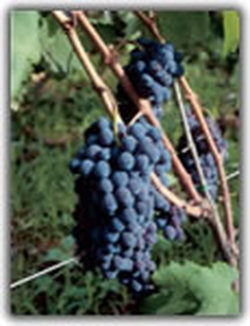 Red Grapes Nero d’Avola (Calabrese) is considered the number one Sicilian red and has been enjoyed since the end of the 17th century. It is one of the oldest indigenous grapes of Sicily and the most widely planted red variety. Nero d’Avola fills approximately 18% of vineyards. Nose: cherries, strawberries and spices Palate: Rich with red fruit, mild tannins, sweet spices, licorice Perricone is mostly grown in a concentrated area of western Sicily and once upon a time was considered the “undisputed” leader of red grapes in western Sicily. Winemakers like to use it as a blending grape. However, 100% Perricone is a treat. Nose: Very aromatic, dark fruit, spice and herbs Palate: Raspberry, marzipan, spice, earthy, chocolate with mild to medium tannins. Reminiscent of Syrah. 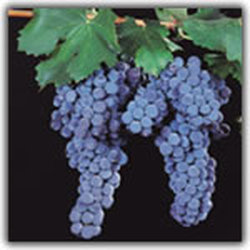 Frappato is believed to have its origins in the Ragusa province of Sicily around 300 years ago. It is characterized as a light and refreshing wine. Nose: full bouquet, cherry Palate: mild tannins violet, strawberries Nerello Mascalese and Nerello Cappuccio are highly regarded grapes that primarily grow on the volcanic slopes of Mount Etna in some of the highest vineyards in Europe. The grapes are considered “cousins” and tend to be used together in blending, but they also drink well on their own. Nerello Mascalese is ripe with fruit flavors, herbs and cinnamon. Nerello Cappuccio is softer with more cherry flavors and spice on the palate. 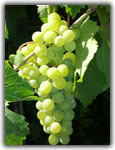 White Grapes Grillo, one of Sicily’s best known grapes, is found throughout western Sicily and is noted for its citrus flavors, sweetness and mild acidity. Due to the grape’s high sugar levels, it is ideal for the production of fortified wines. Historically, Grillo was used in the production of Marsala wine. However, Catarratto has taken the lead. And now due to the innovation of new winemakers, Grillo has a wide range of styles, from crisp and savory, to structured and mature. It is interesting to note that in 1848 Grillo became a hybrid of Zbibbo and Catarratto. 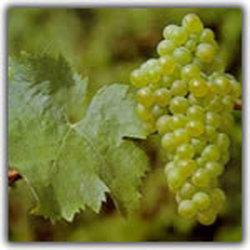 Catarratto is considered the primary white grape of Sicily with more area planted than any other grapevine and makes up 60% of the total grape vineyard area, with most of it on the western side of the island. As noted above, is used in the making of Marsala wine. Nose: floral, citrus, melon that segues onto the palate. 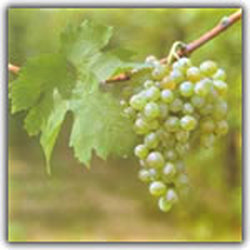 Inzolia is grown primarily in western Sicily and is the island’s fourth most widely planted grapevine. It is usually used in blends to make drier wines. And it is also used to make Marsala. Nose: aromatic, citrus, almonds Palate: tropical fruit and almonds, herbs, fresh and lively 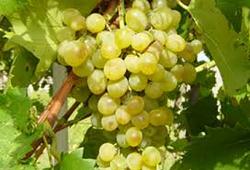 Zibibbo grape is also the name of the sweet wine that is obtained from the grape and is grown on Pantelleria Island as well as in Mazara del Vallo and the nature reserve “Gorghi Tondi. I will go into further detail about Zibibbo, production and tastings later on. The typical Zibibbo wine is very aromatic with apricot, floral and almond lingering on the finish. This is just a small sampling of indigenous grapes from Sicily. The list could go on forever, but I need to stop here and rev up the tour bus because we are starting our adventure in Catania at the foot of Mount Etna on the easternmost side of the island. We will then slowly make our way back to the westernmost side of the island, visiting winemakers along the way and eventually we’ll fly over to Pantelleria Island. So hop on board, buckle up and let’s go! Catania is an ancient port city that sits at the foot of Mount Etna. After traveling across Sicily, visiting five wineries and absorbing the incredible biodiversity of the land, I came here as Assovini Sicilia’s guest to participate in Sicilia En Primeur. It was a whirlwind of activity and also an incredible introduction and education into Sicily’s culture and gastronomy! The two-day event gave me the opportunity to taste the 2016 vintages from forty-nine major wine producers of the region, attend Master Classes and blind tastings. A gala wine party, complete with amazing food and music was held for the journalists and wine producers at Palazzo Biscari, a magnificent private palace built in the 1700s. Slide show below. It was a pleasure speaking with the producers and winemakers. Each had a story to tell. But the common theme was their love for Sicily, respect for the environment and their passion and dedication in making great wine while maintaining the tradition and character of the land. Sicily is becoming more dedicated to organic and biodynamic agriculture and using sustainable practices.
A new generation of winemakers are making their mark by embracing the old while developing new ideas, techniques and blends that transcend into reds that are elegant, fresh and lively and whites that are focused, crisp and leap out of the glass! We’ll begin a tour of the vineyards next time! Cheers! Penina To leave a comment or if you have an inquiry, please contact me at [email protected] |
Categories
All
|

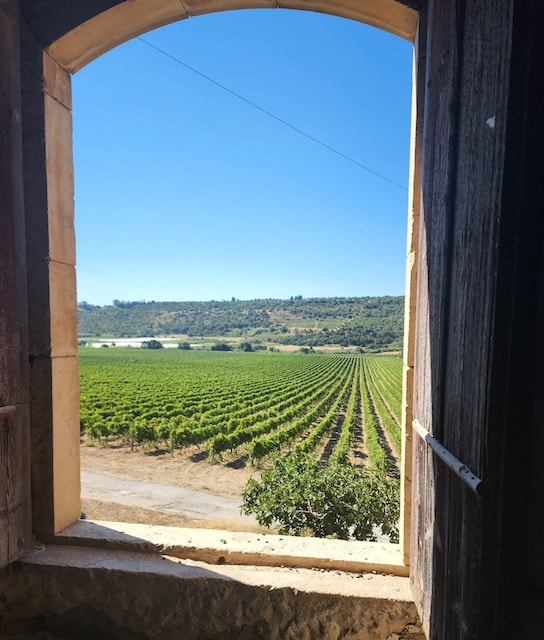
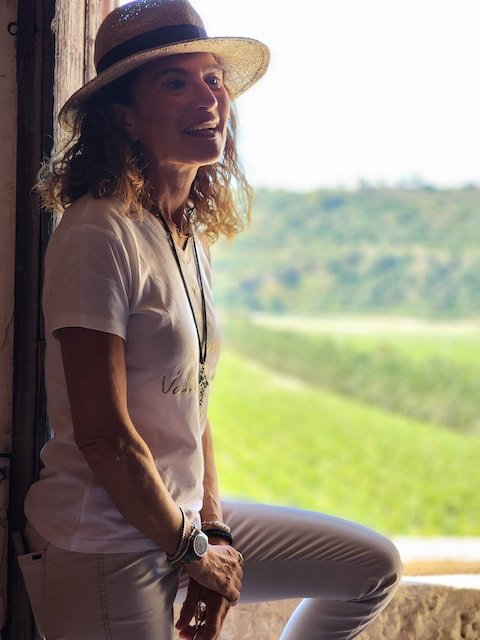
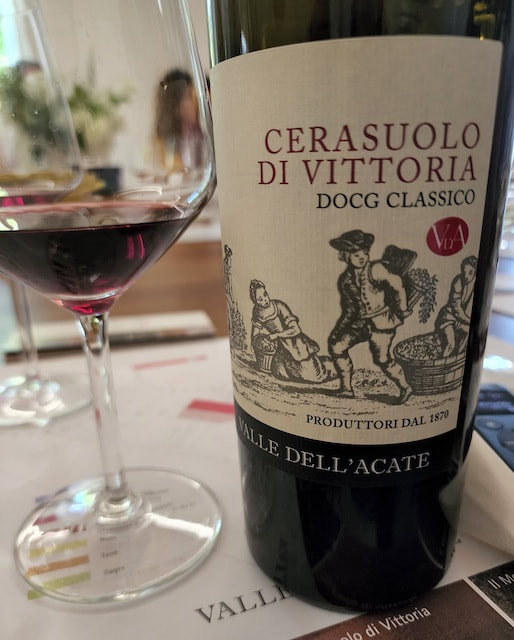
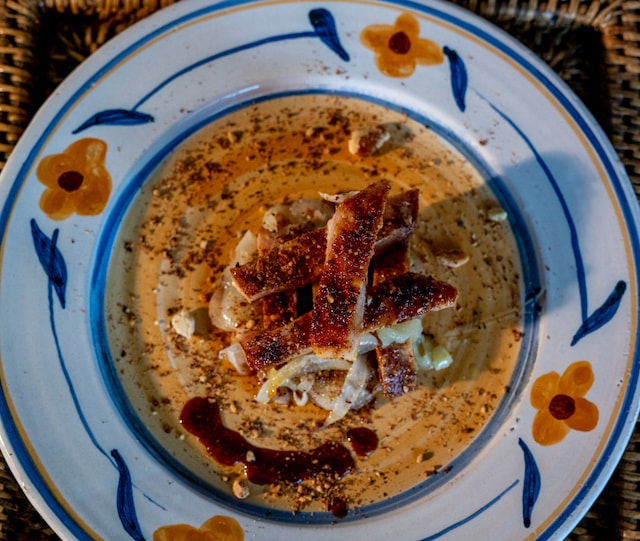
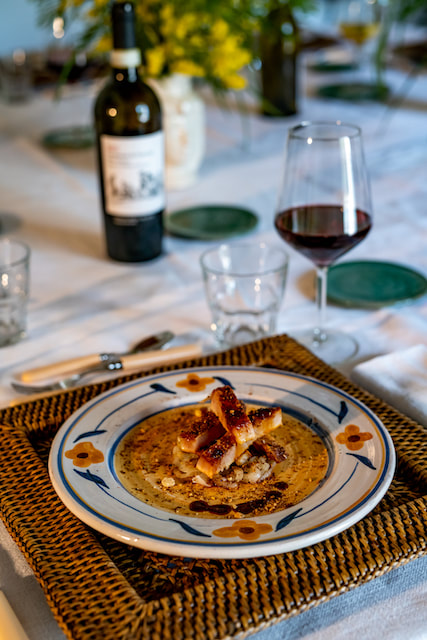
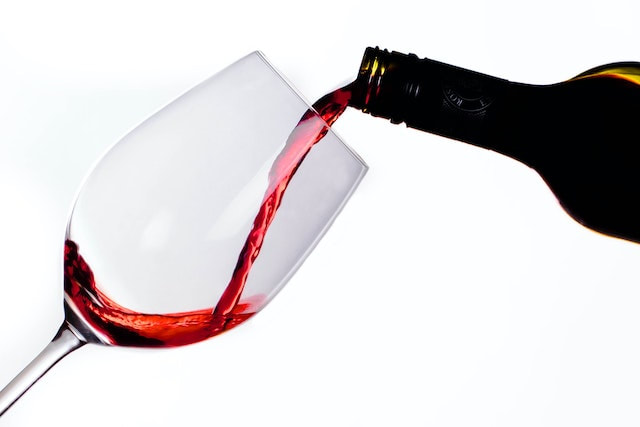
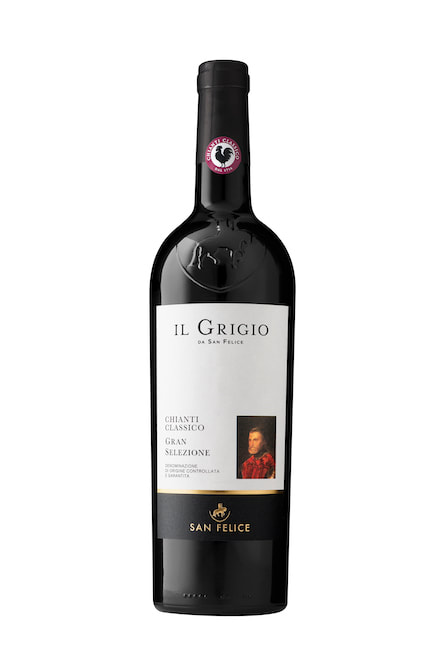
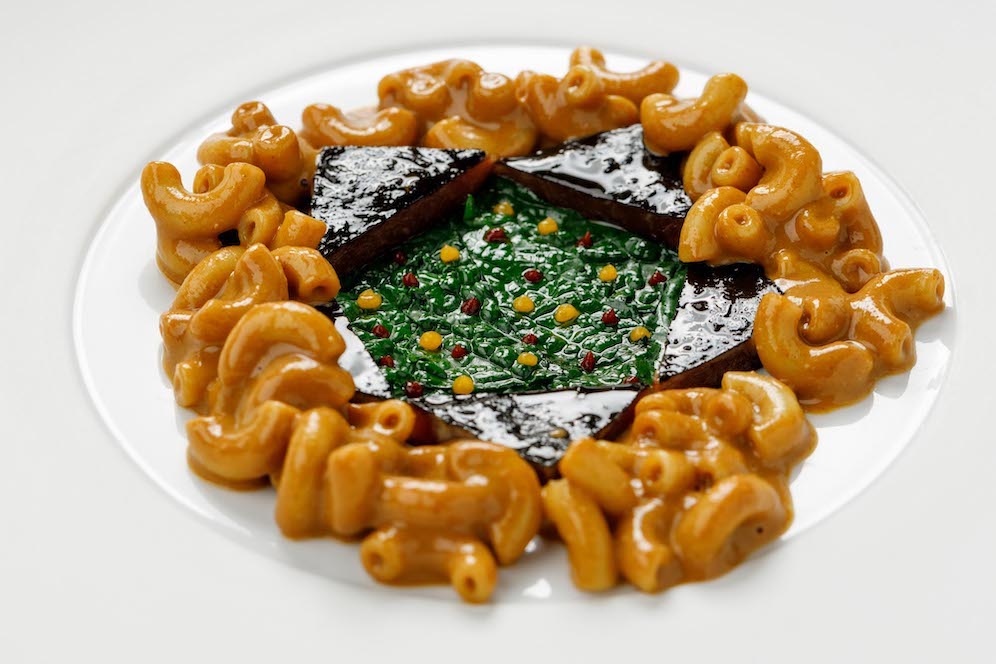
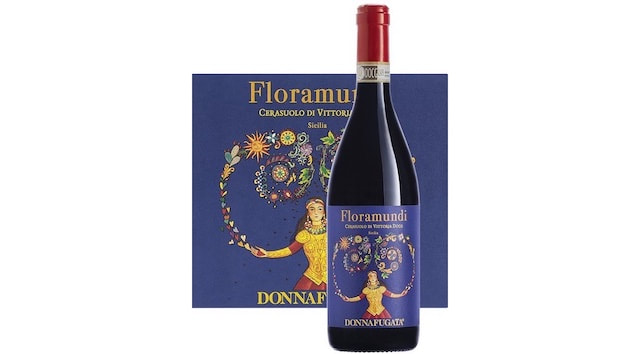
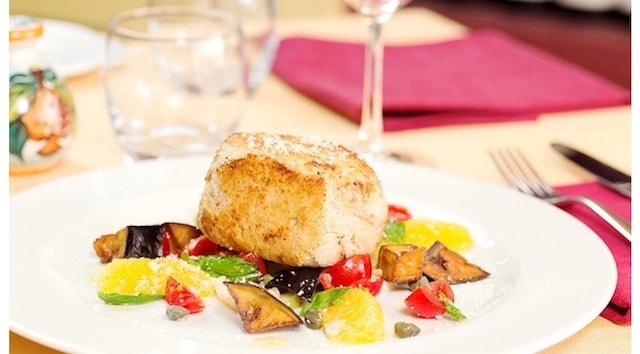
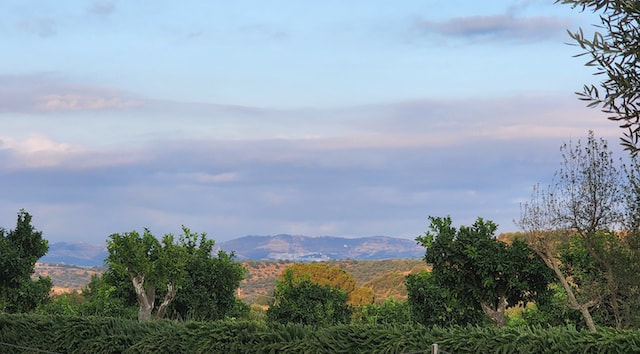
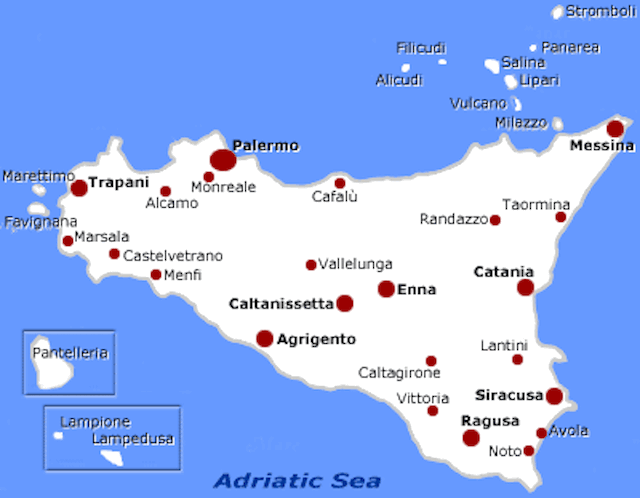
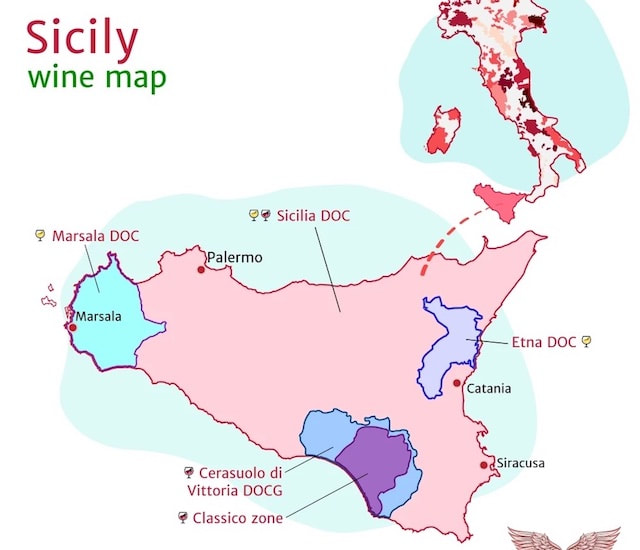
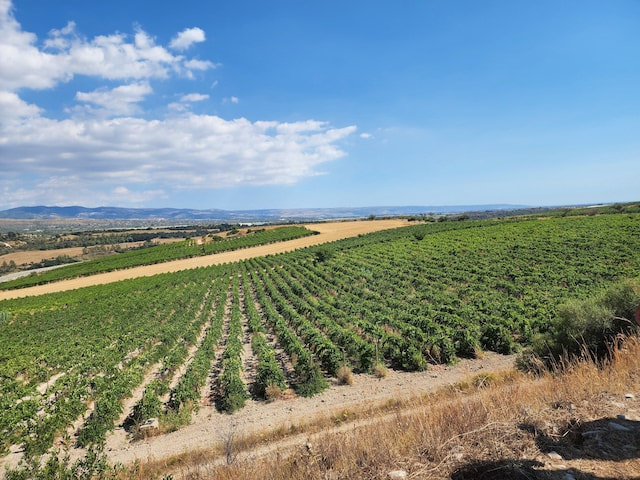
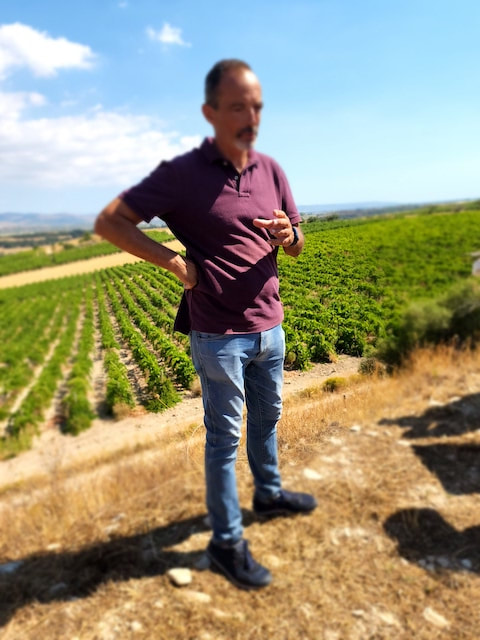
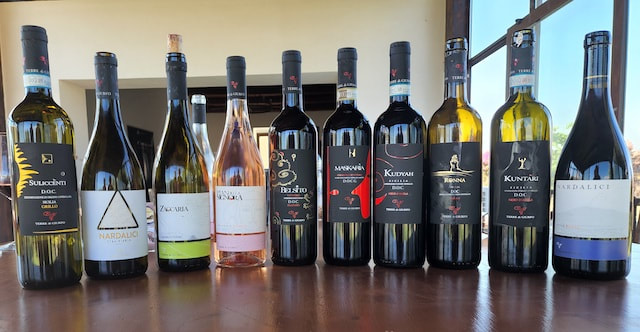
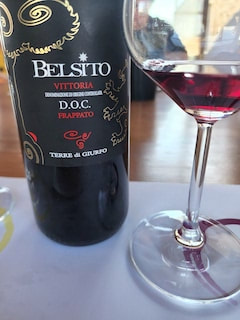
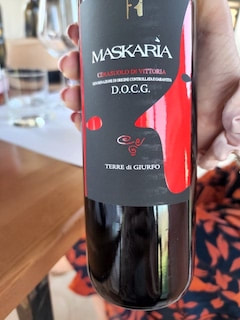
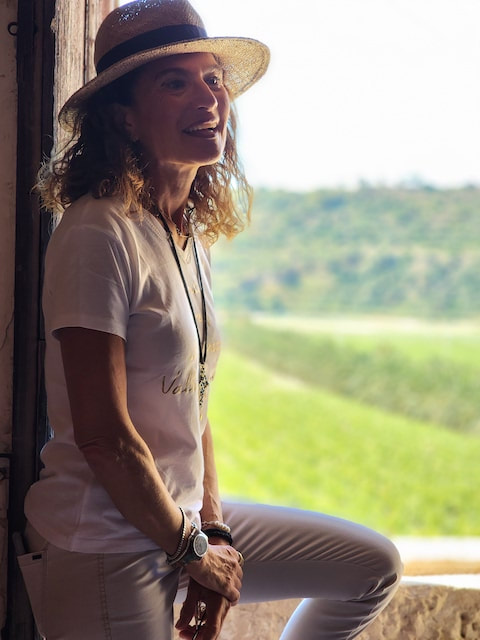
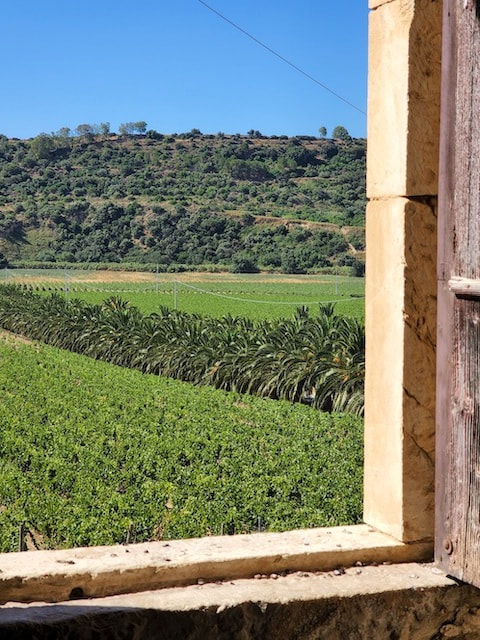
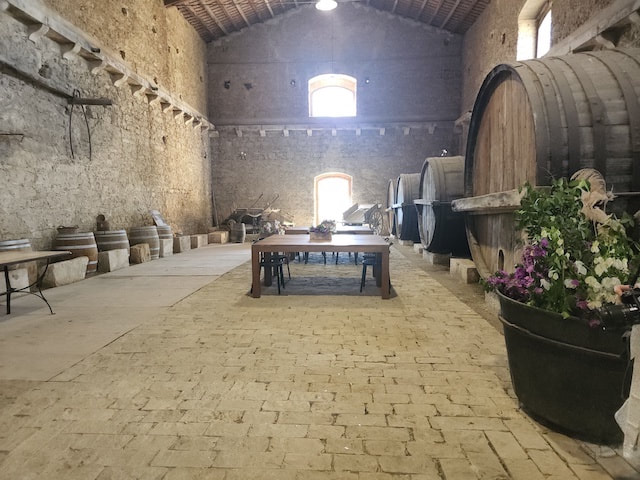
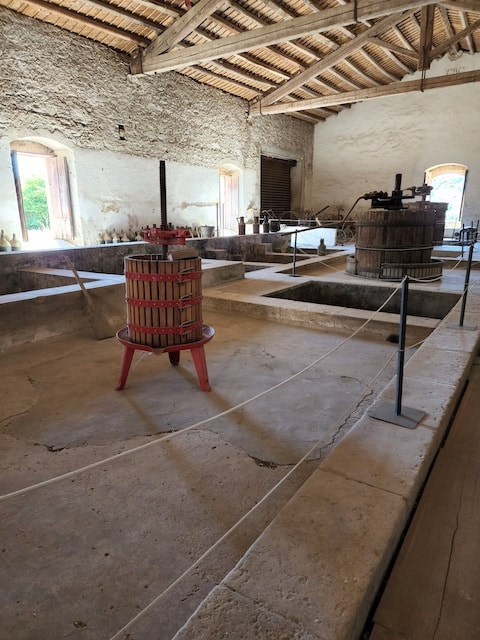
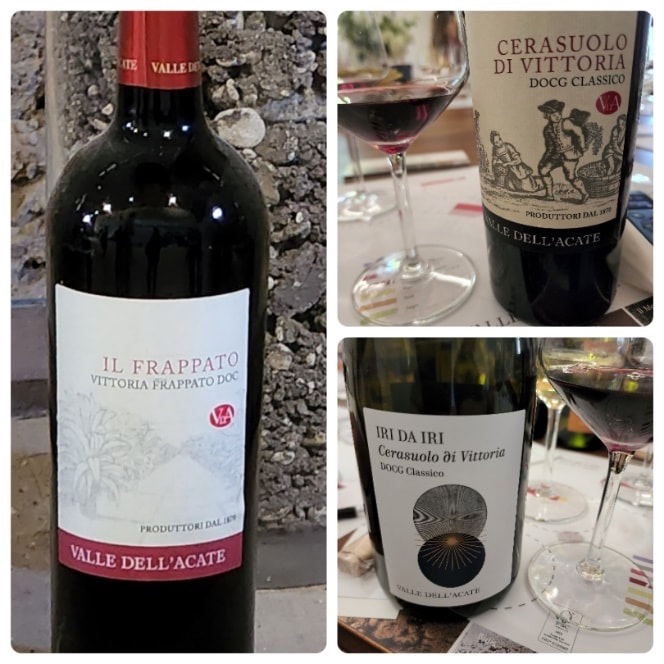
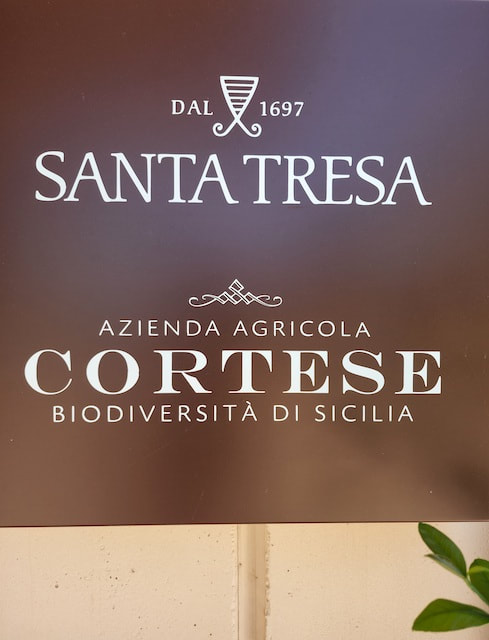
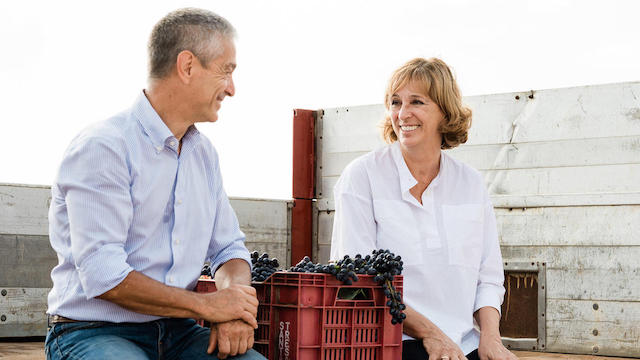
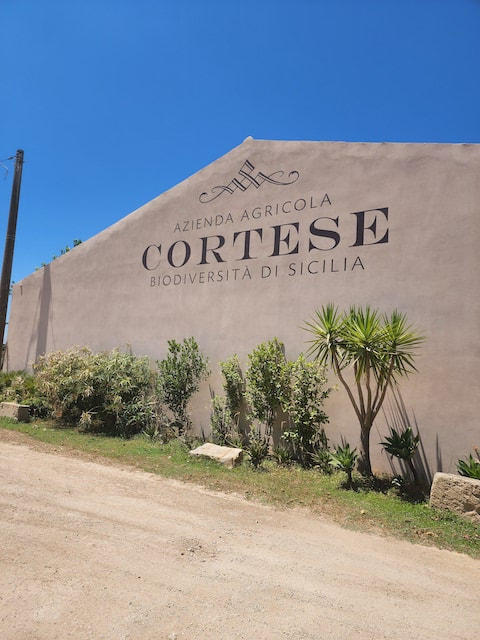
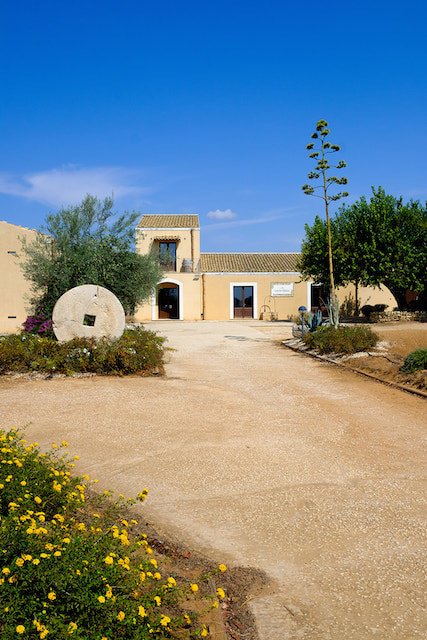
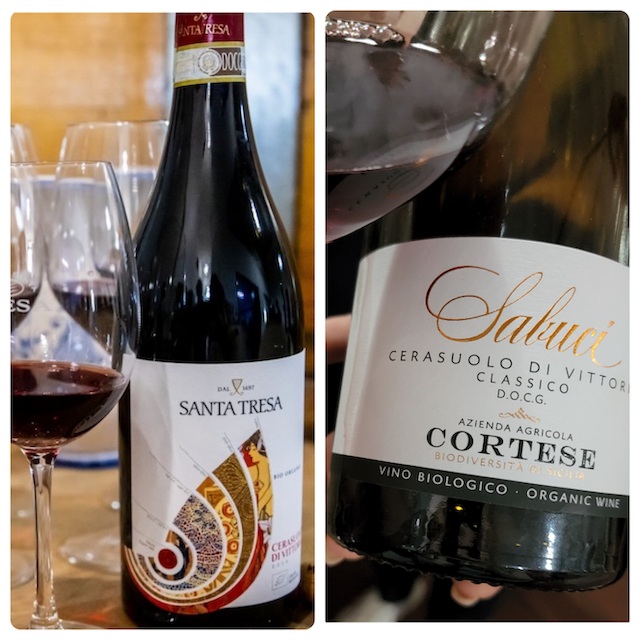
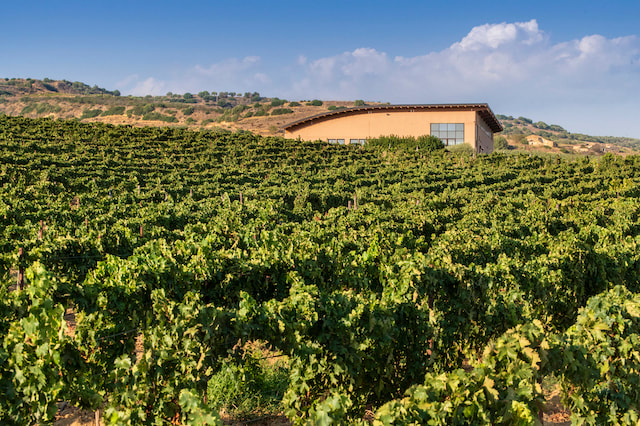
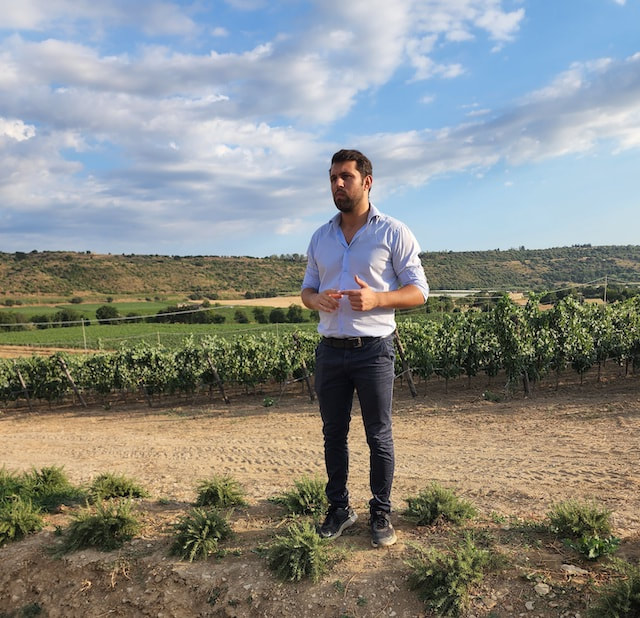
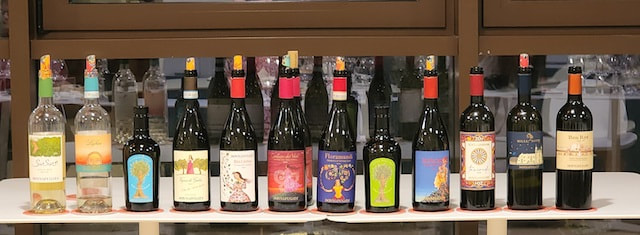
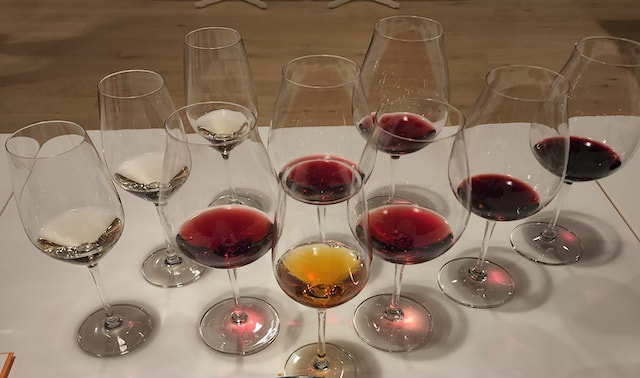
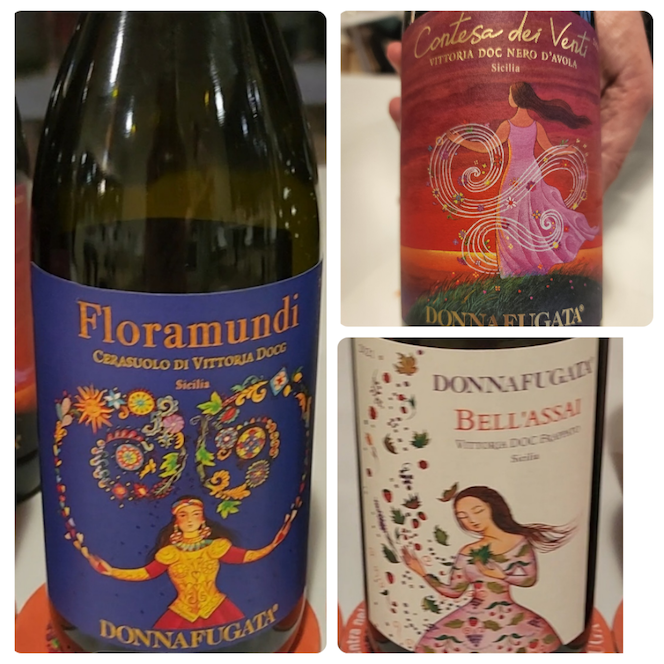


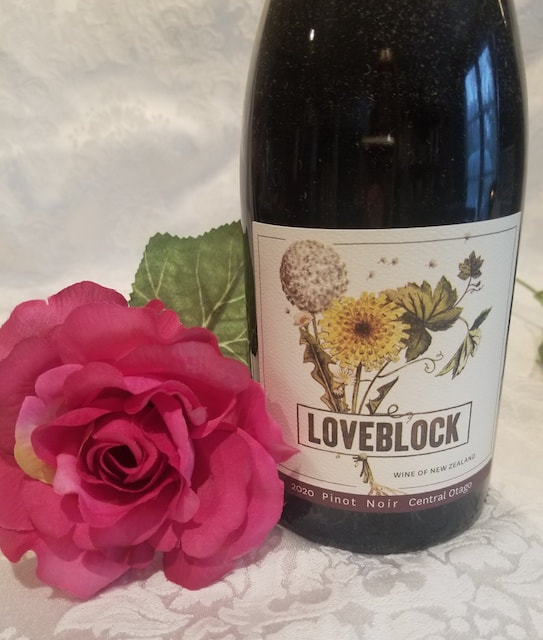
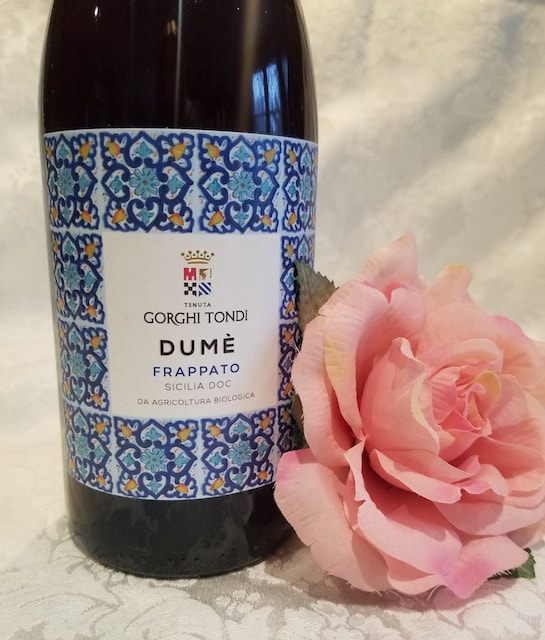
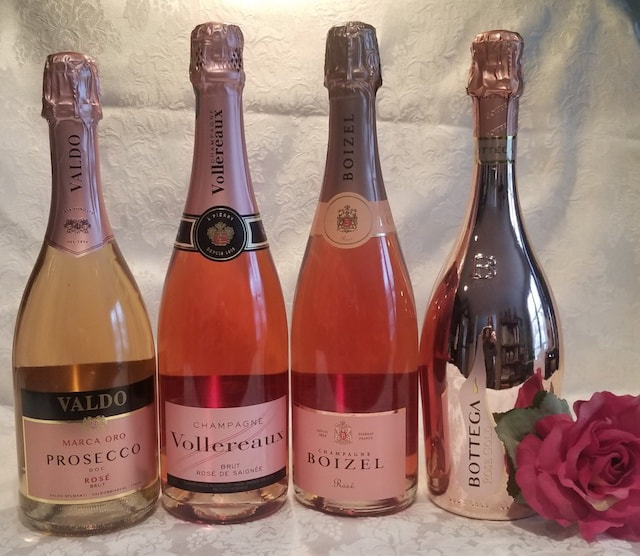
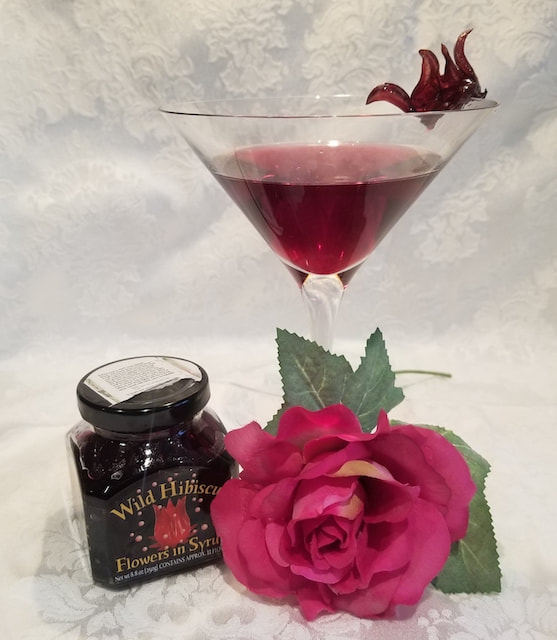
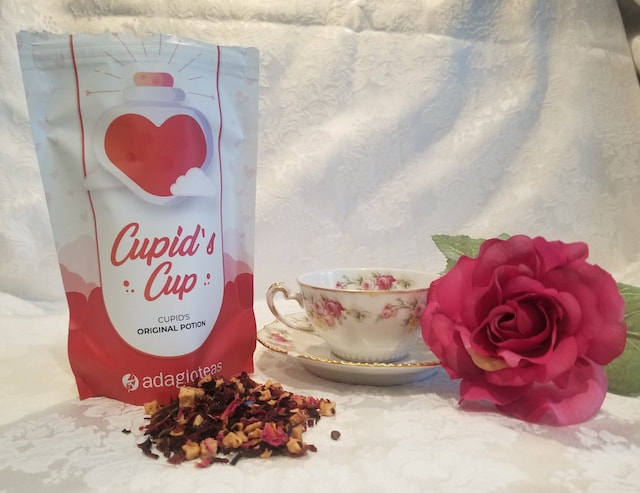
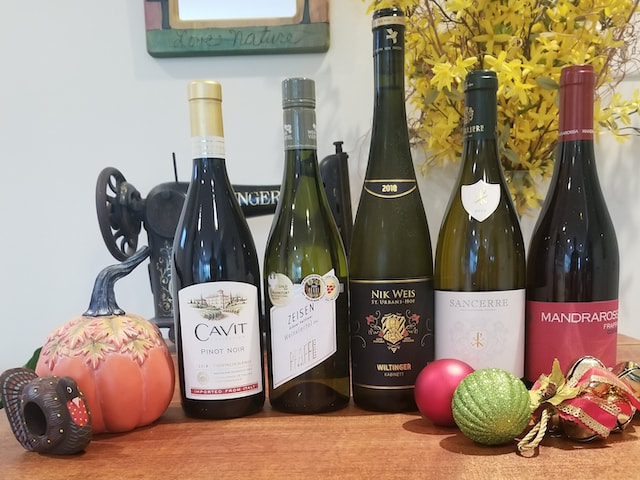
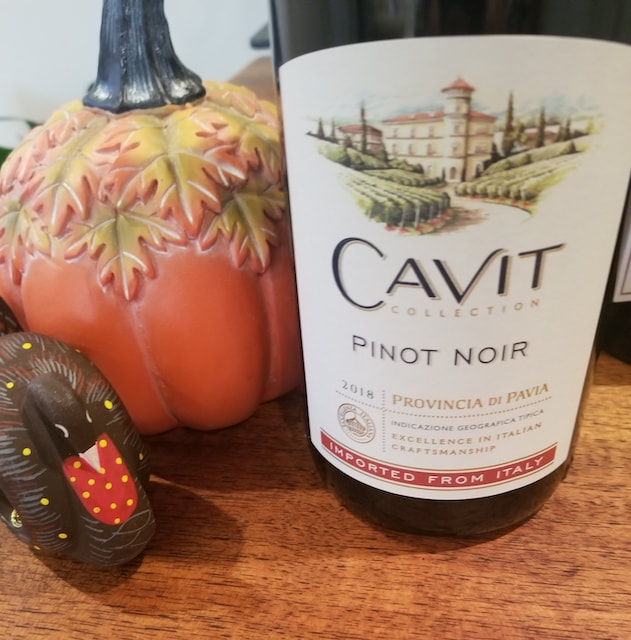
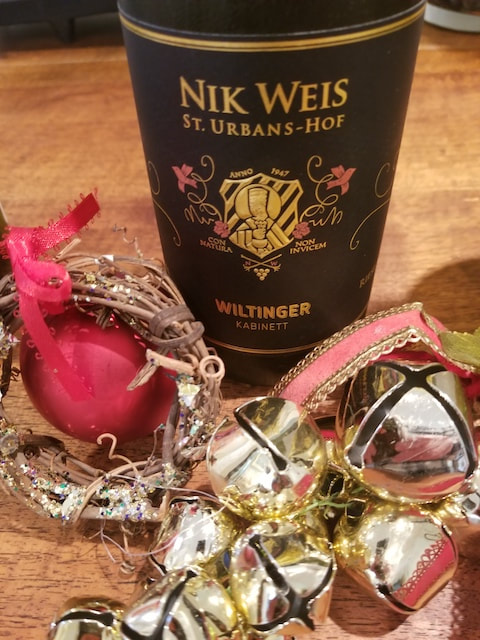
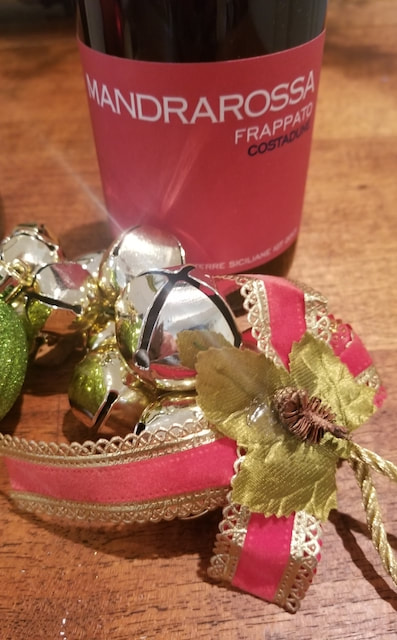
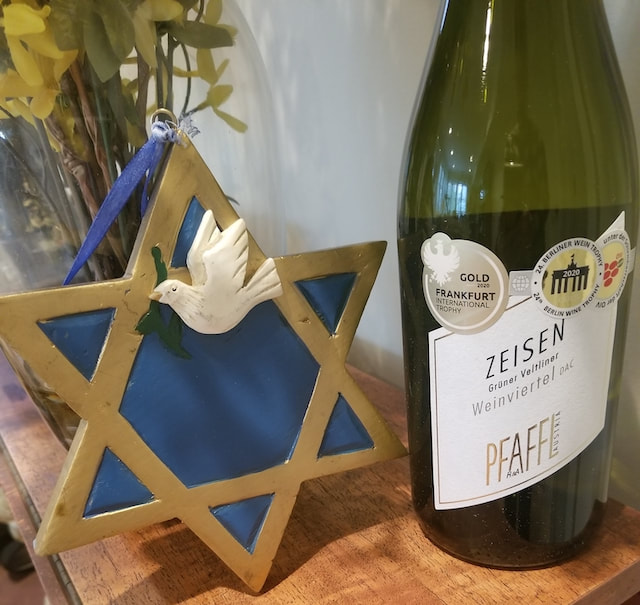
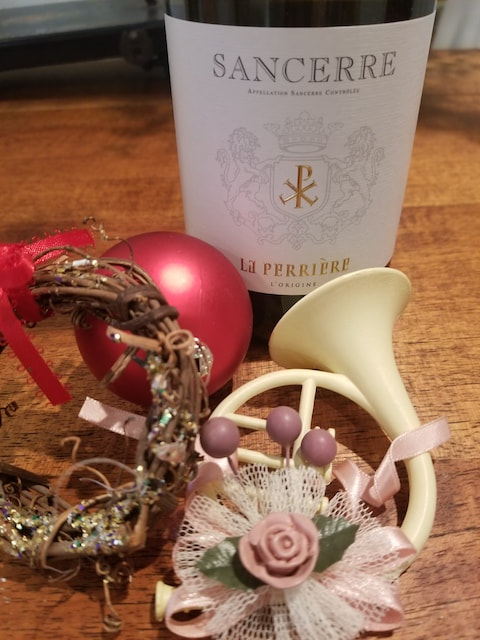
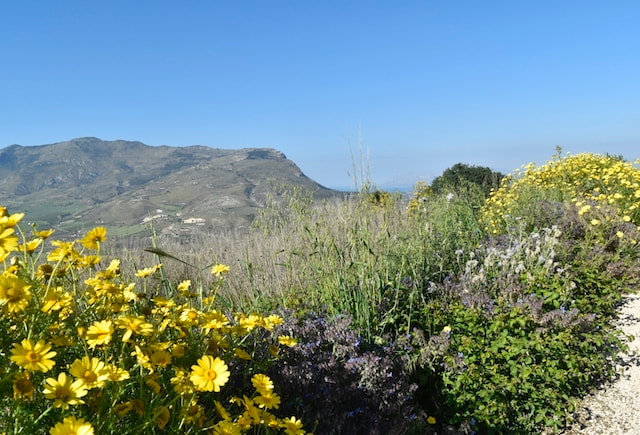
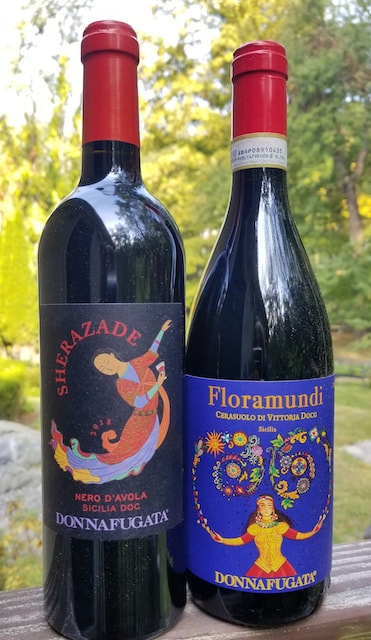
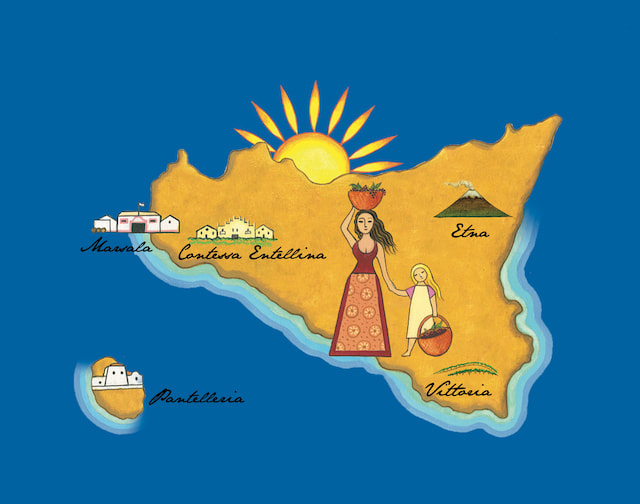
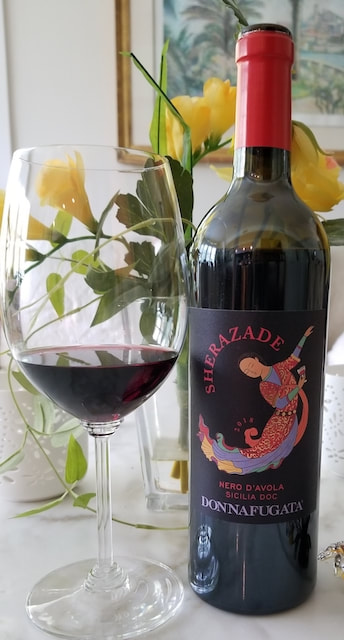
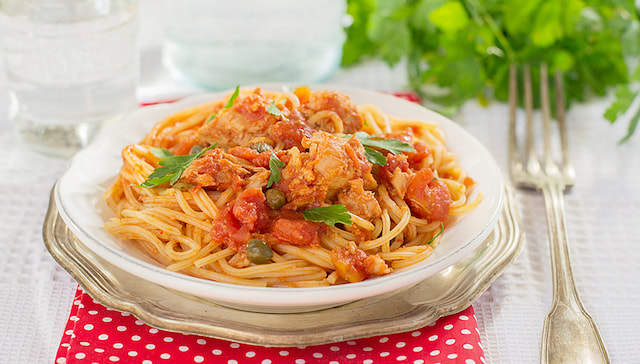
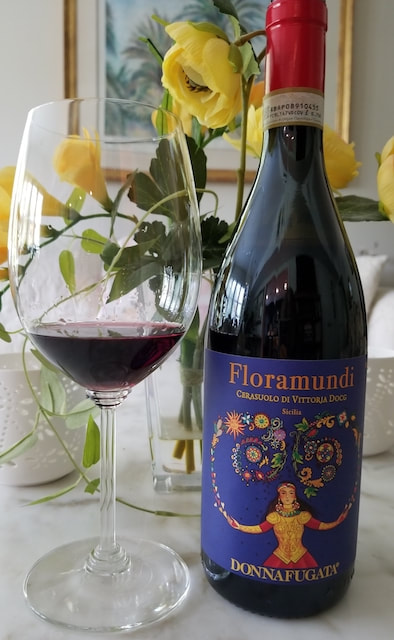
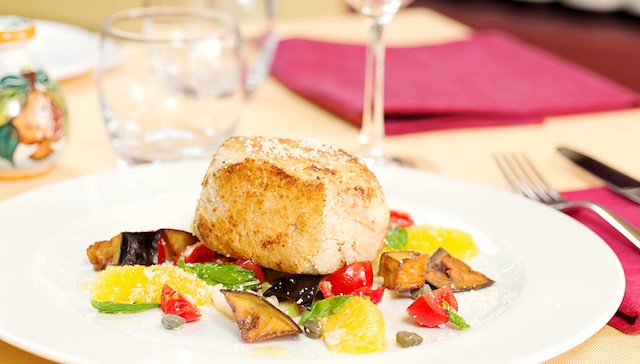
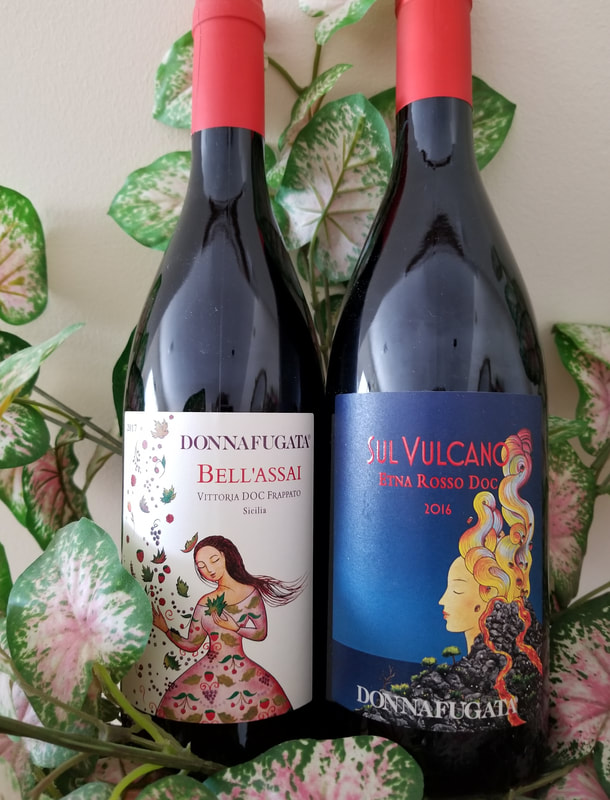
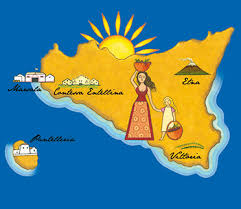
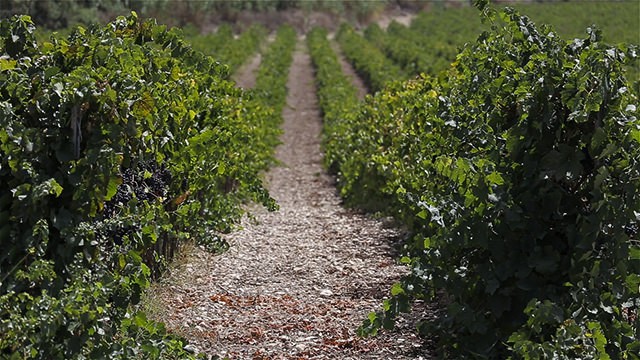
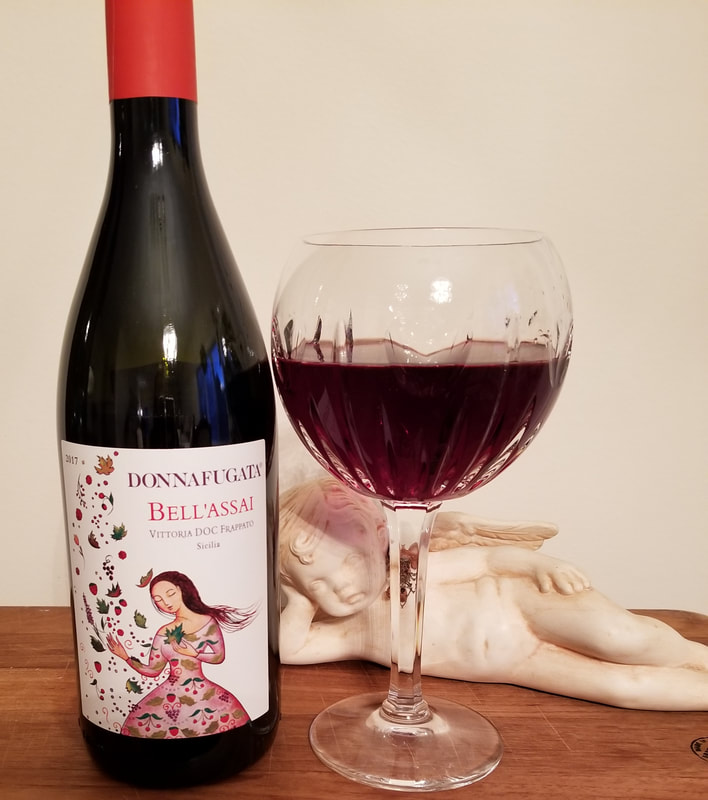
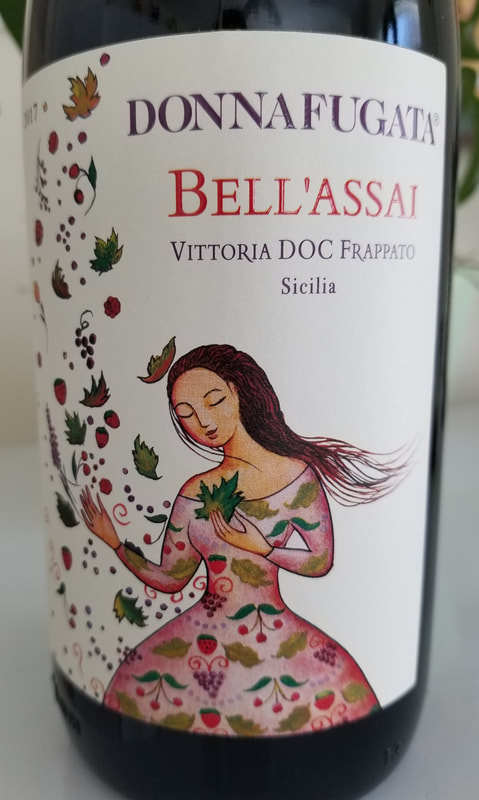
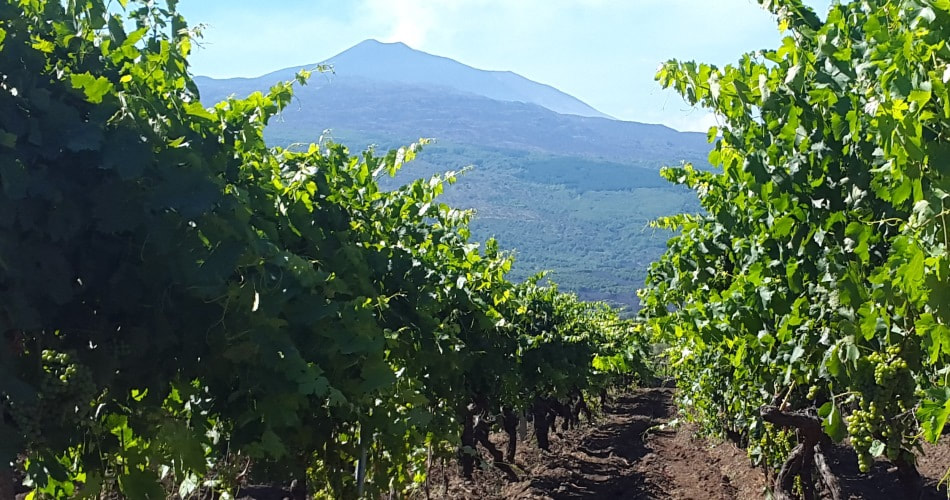
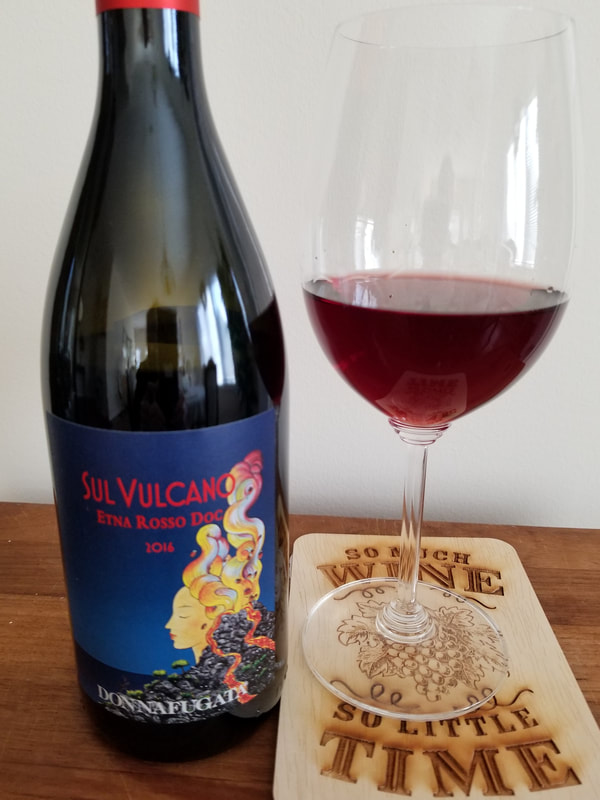
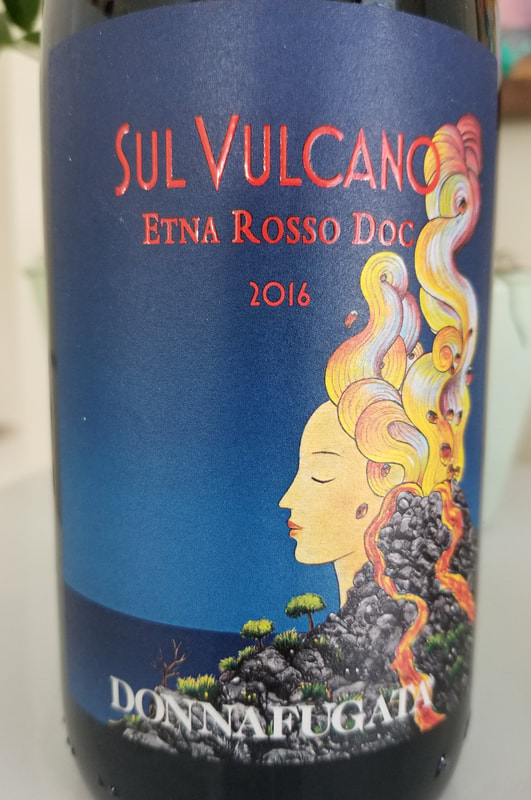
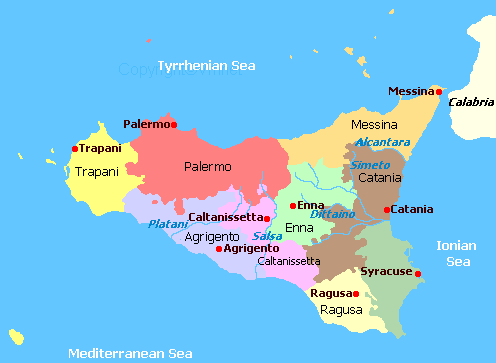
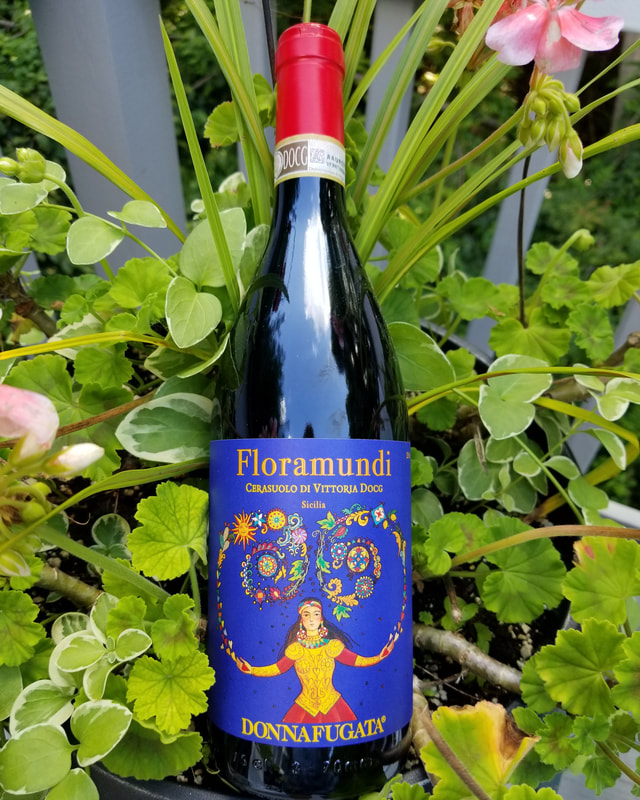
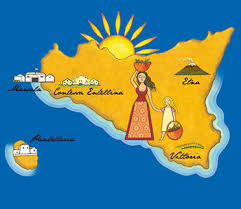
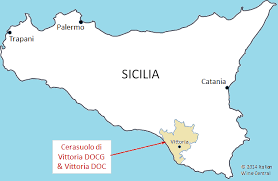
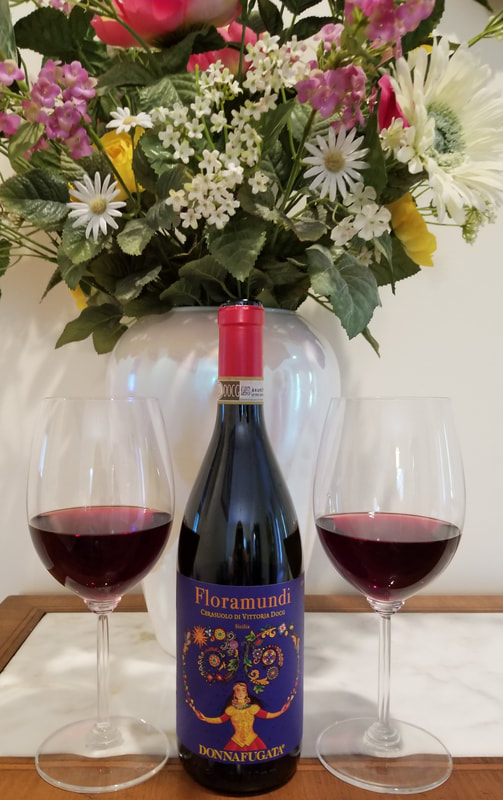
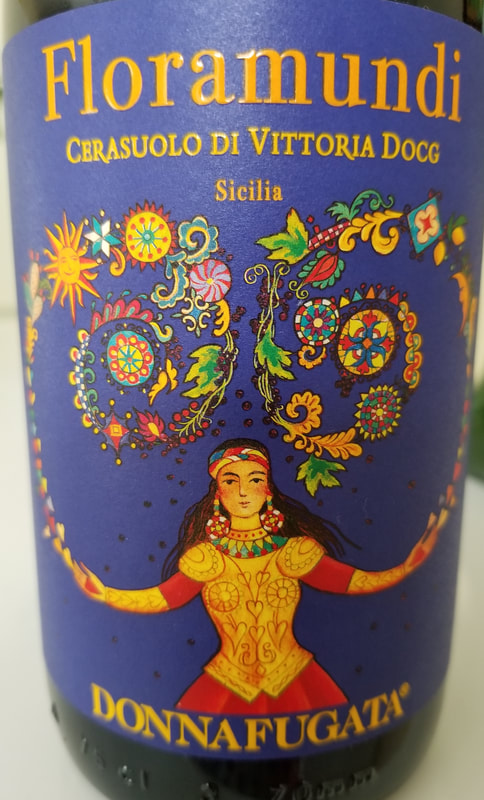
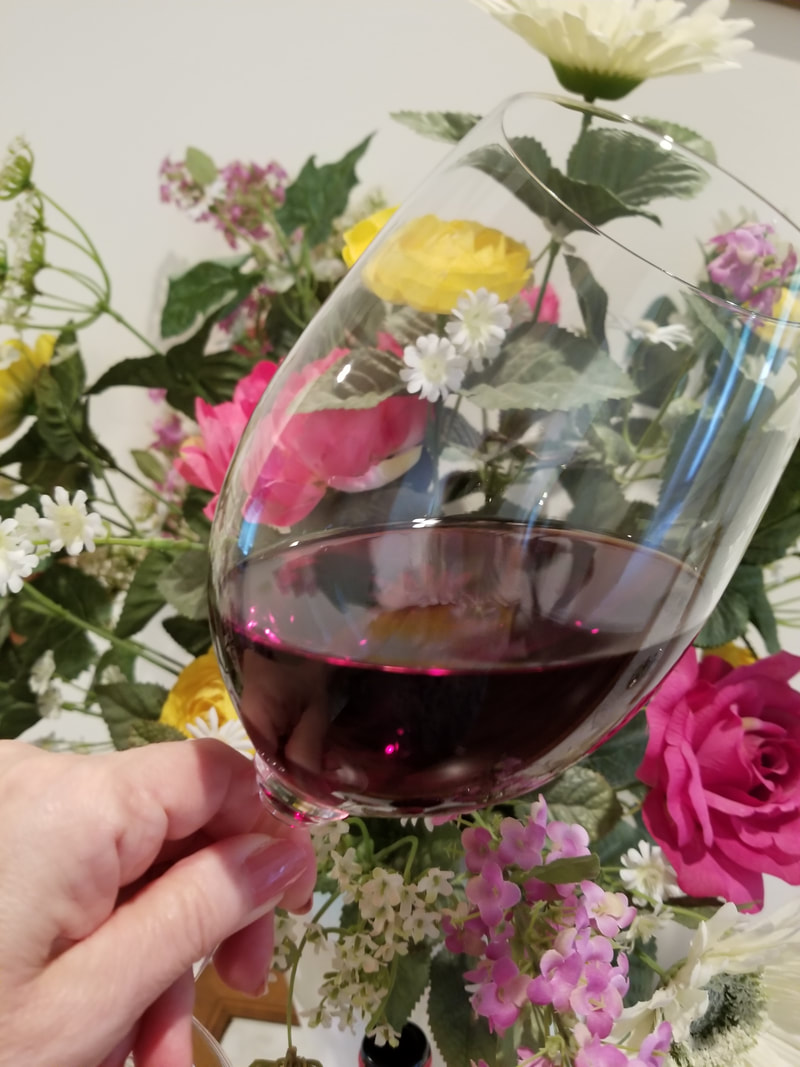
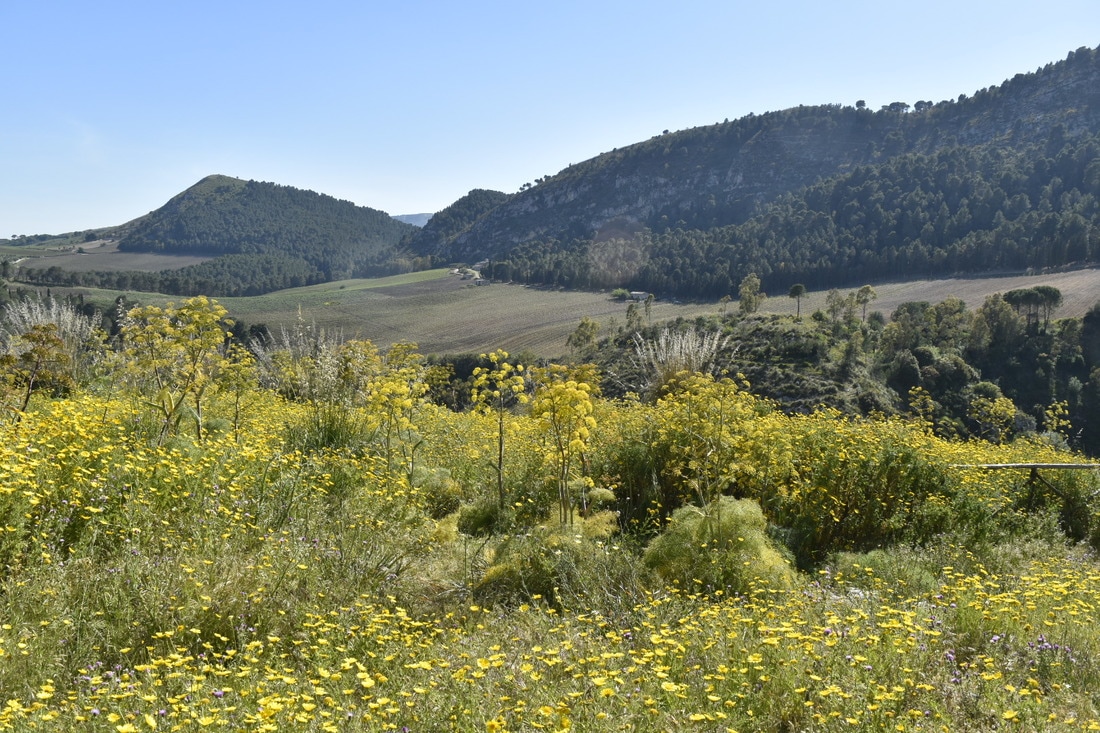
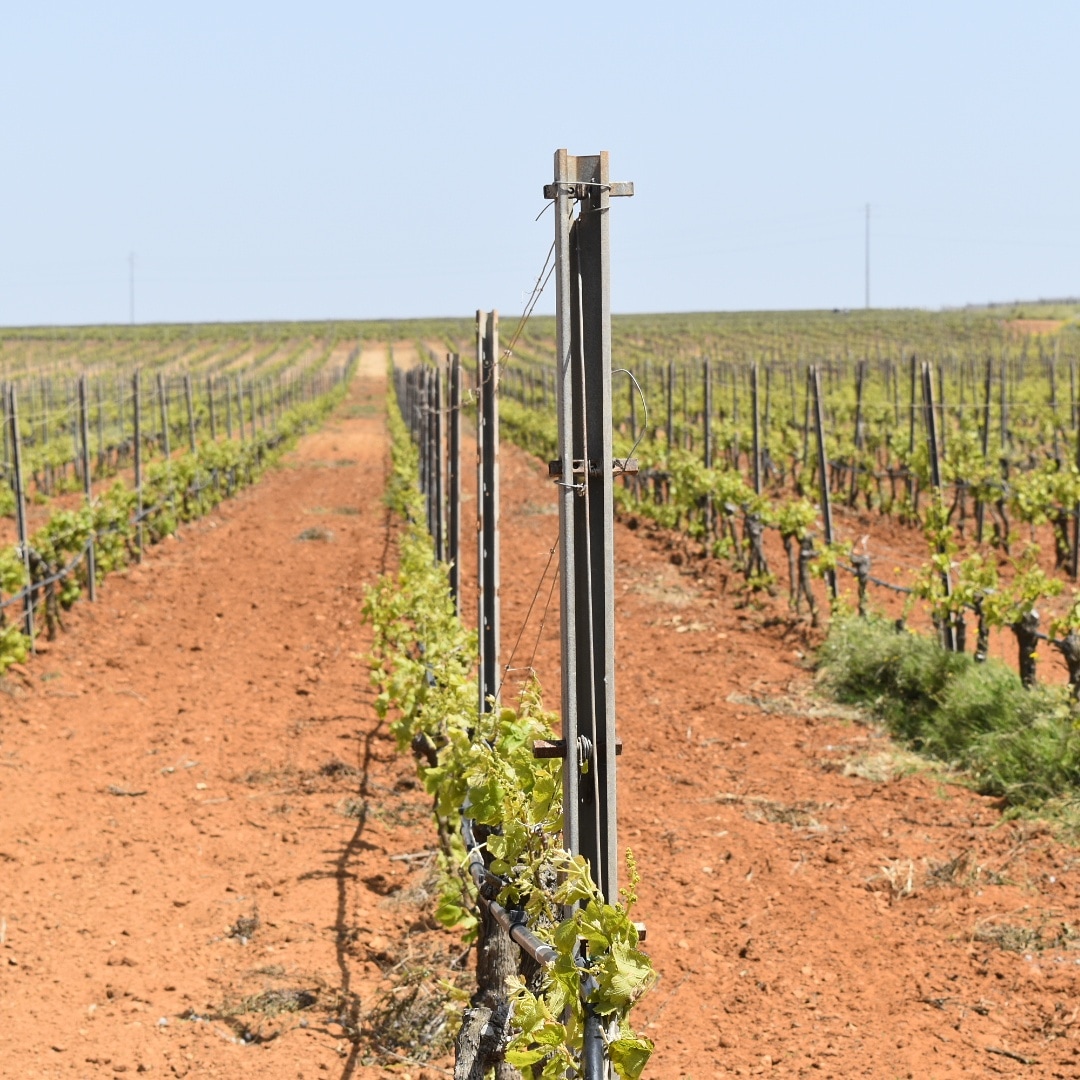
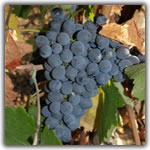
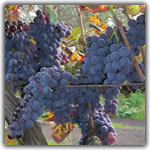
 RSS Feed
RSS Feed